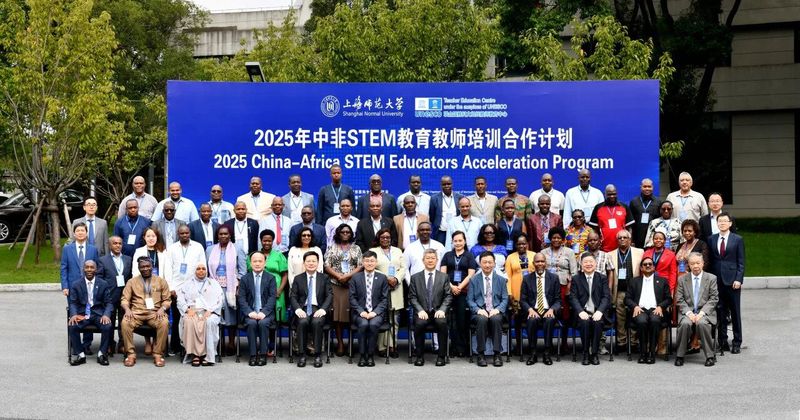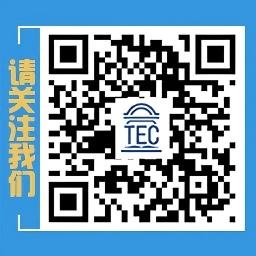From October 12 to 22, the 2025 China-Africa STEM Educators Acceleration Program was successfully held in Shanghai. Nearly 60 STEM professionals from 11 African countries—including Tanzania, Ghana, South Africa, Kenya, Ethiopia, Uganda, Rwanda, Zambia, Nigeria, Malawi, and Côte d’Ivoire—participated in the program. The participants, consisting of educational officials, teacher educators, experts, scholars, and primary and secondary school teachers, gained a solid understanding of the concepts, practices, and experiences of China’s STEM education development through a series of activities such as expert lectures and on-site visits. This initiative laid a new foundation for China-Africa STEM education cooperation.
I. Lecture Sharing
1. First Lecture: Summary of China’s Mathematics Education Practices and Policies: A Case Study of Shanghai
On the morning of October 14, 2025, Professor Huang Xingfeng from the Research Institute for International and Comparative Education (RIICE) of Shanghai Normal University delivered a lecture titled Summary of China’s Mathematics Education Practices and Policies: A Case Study of Shanghai at the Shicheng Lecture Hall of the UNESCO Teacher Education Centre (TEC). Focusing on China’s mathematics education practices and policies with Shanghai as the core case, the lecture elaborated on four key dimensions—mathematics teaching, teacher education, teacher professional development, and cross-cultural communication—providing a comprehensive overview of the characteristics and experiences of Shanghai’s mathematics education system. Subsequently, in the thematic discussion session, three educational leaders and mathematics experts from different countries shared their perspectives on mathematics education, sparking lively discussions and in-depth exchanges among the audience.

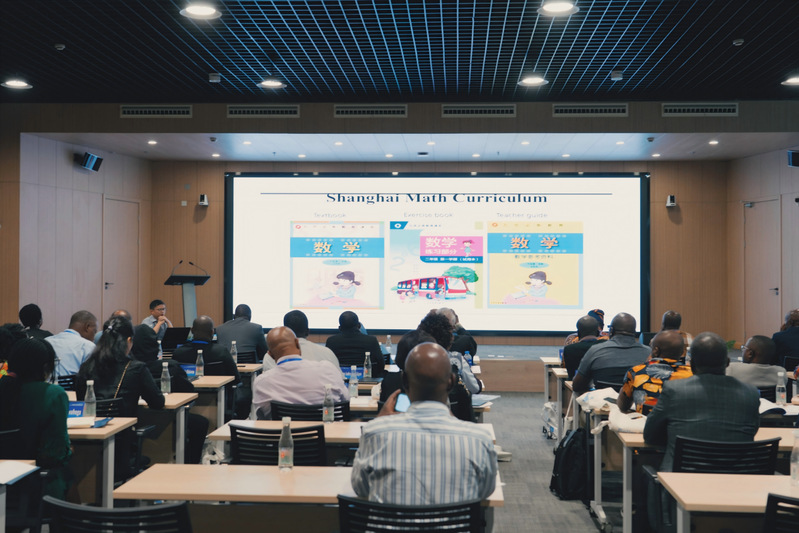
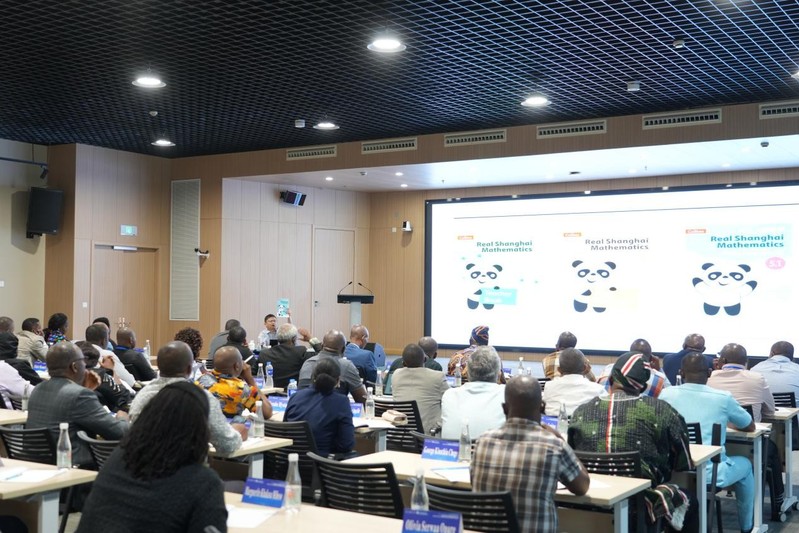



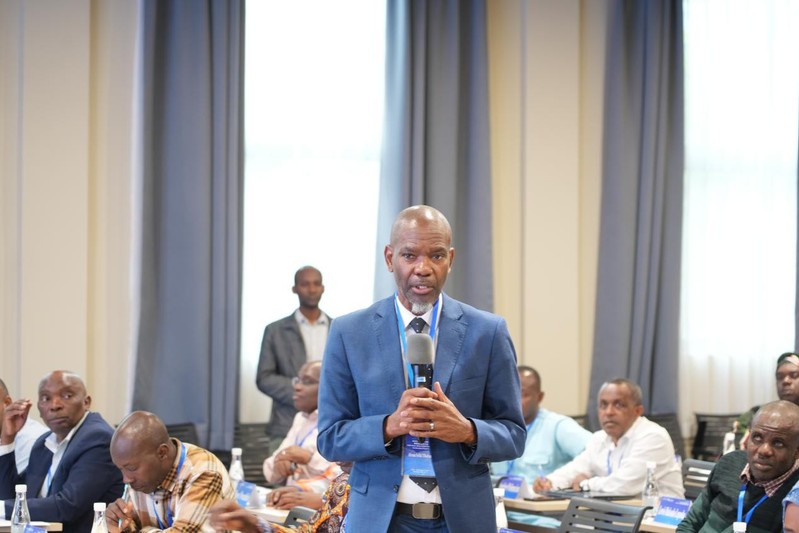

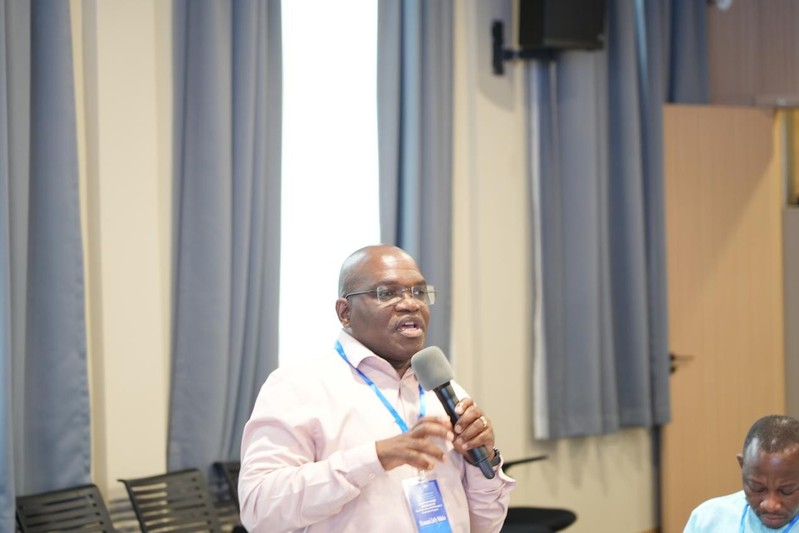
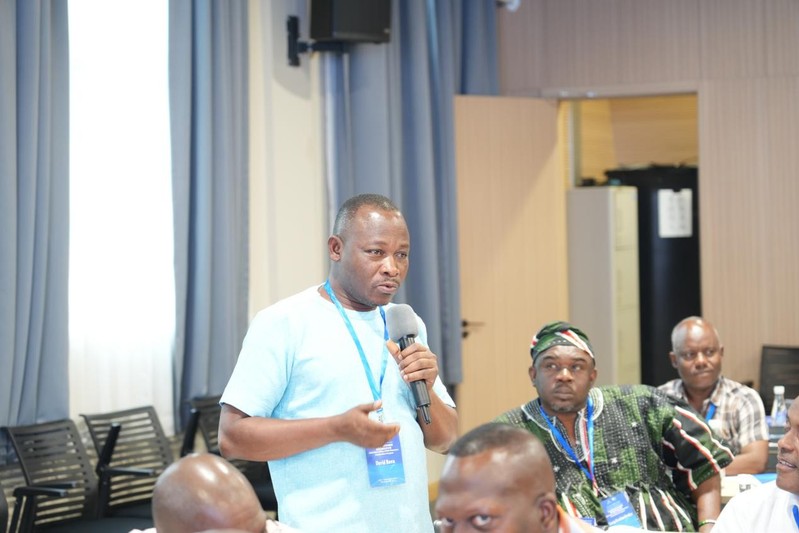
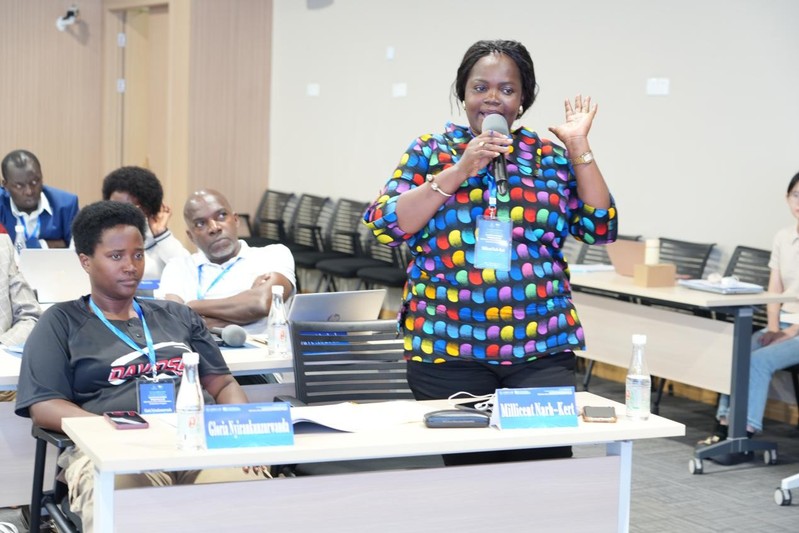
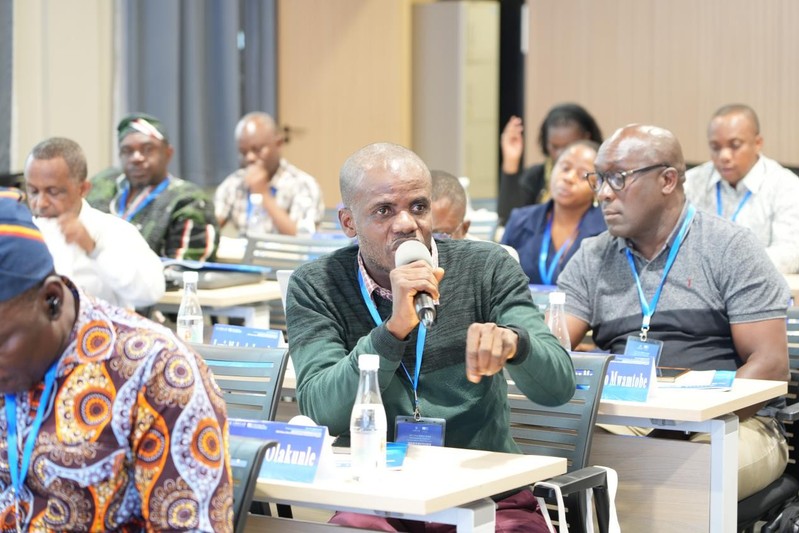
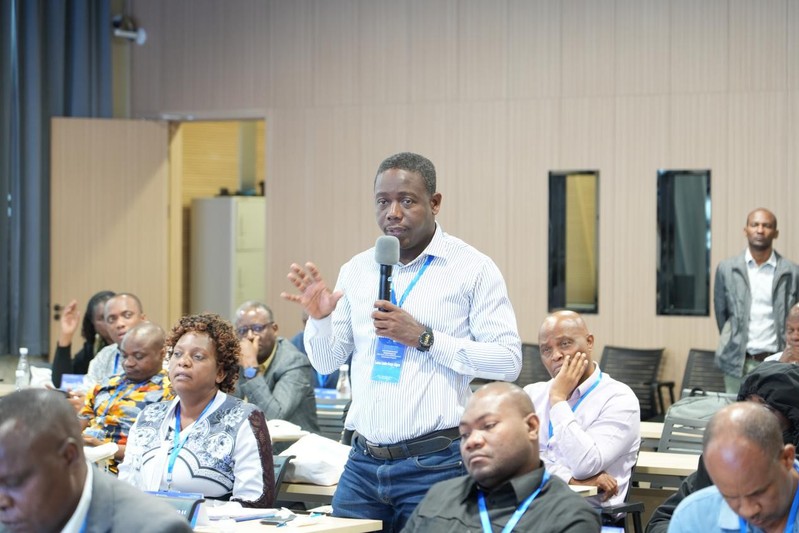
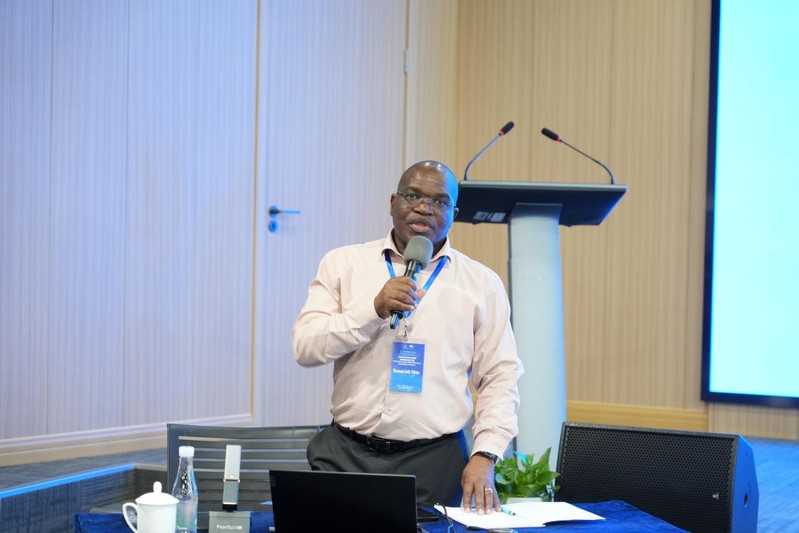

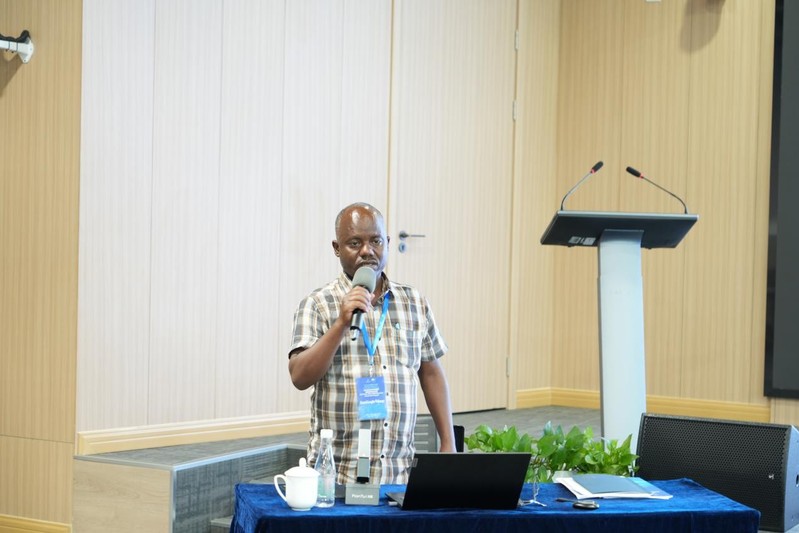
2. Second Lecture: Teacher Professional Development in Shanghai: Insights from TALIS
On the morning of October 15, Associate Professor Zhu Xiaohu from RIICE of Shanghai Normal University gave a lecture at TEC’s Shicheng Lecture Hall, titled Teacher Professional Development in Shanghai: Insights from TALIS. The lecture covered three major sections: Foundations of Shanghai’s Education Development, Shanghai’s Teacher Professional Development from a TALIS Perspective, and Experiences and Innovations in Teacher Professional Development. Combining specific data for in-depth elaboration, it systematically interpreted the characteristics of Shanghai’s teaching workforce—such as its youthfulness and high professionalism—as well as the underlying training systems and cultural drivers. It also provided an outlook on current challenges and future development directions. The lecture triggered enthusiastic discussions and exchanges, with participants from different countries raising questions and engaging in discussions on topics such as teacher policies and teacher learning and training.
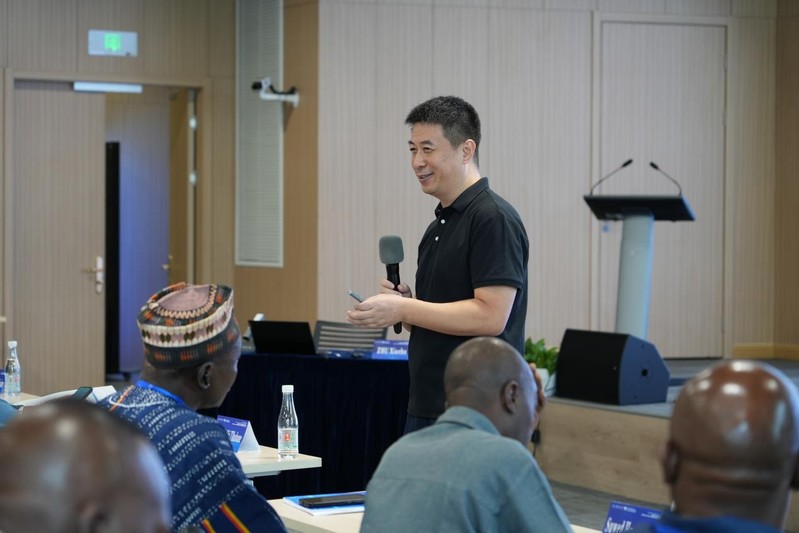
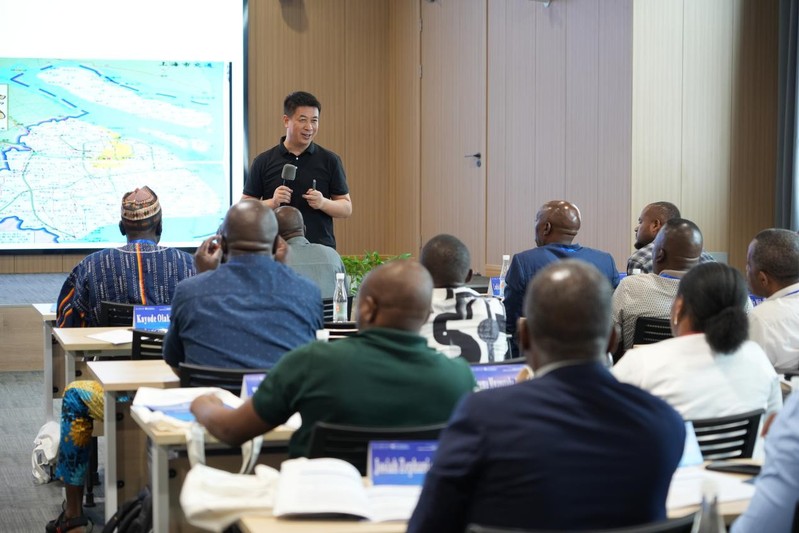

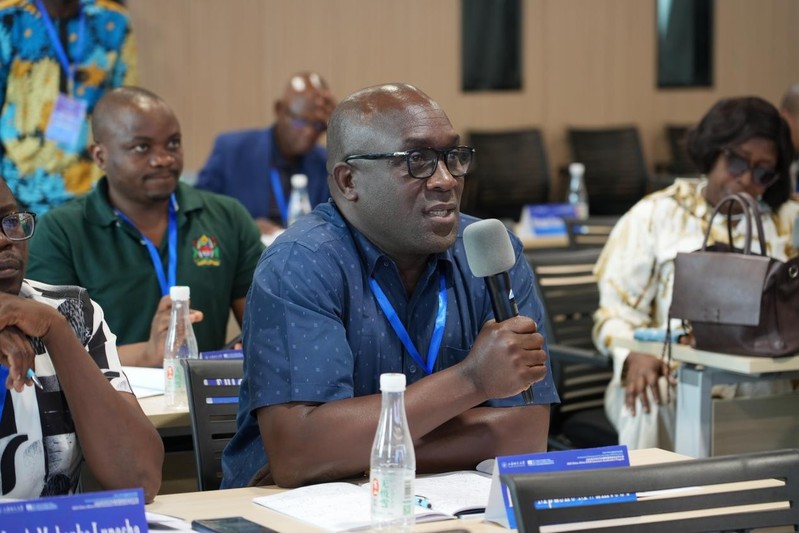
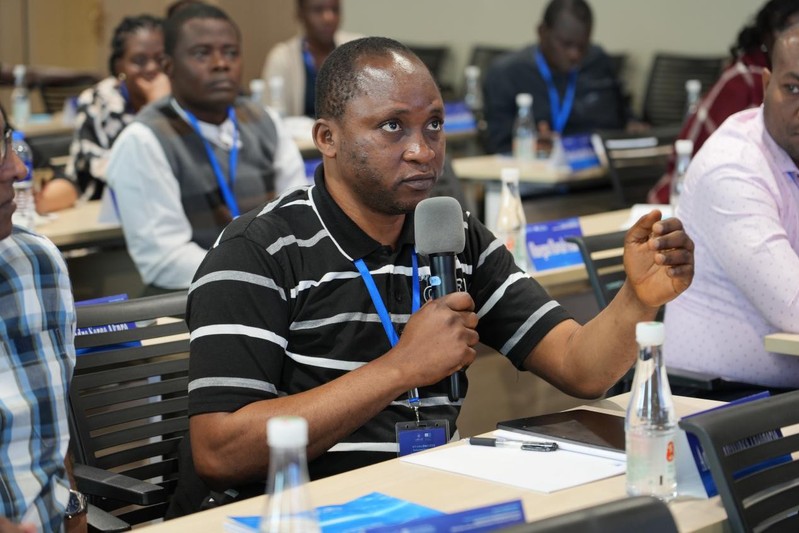
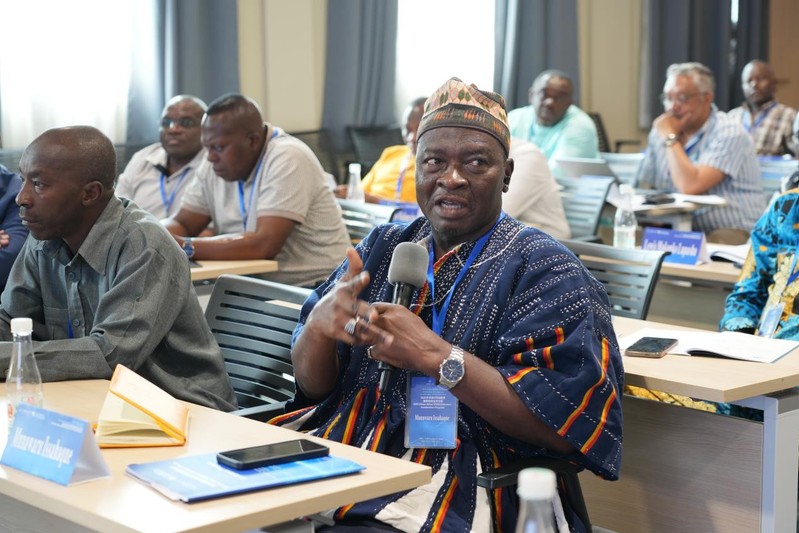
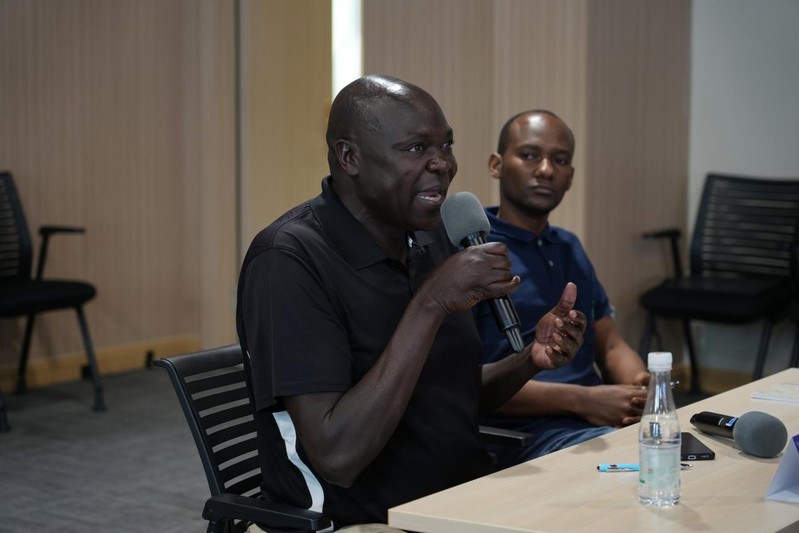
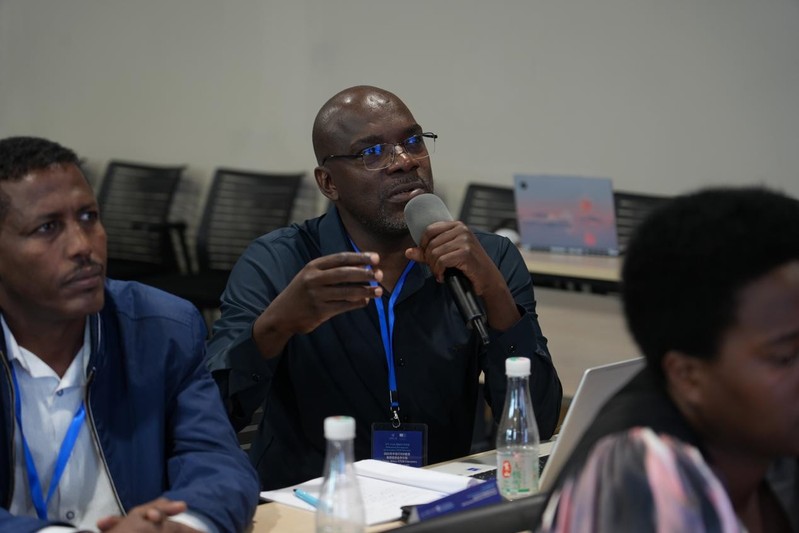
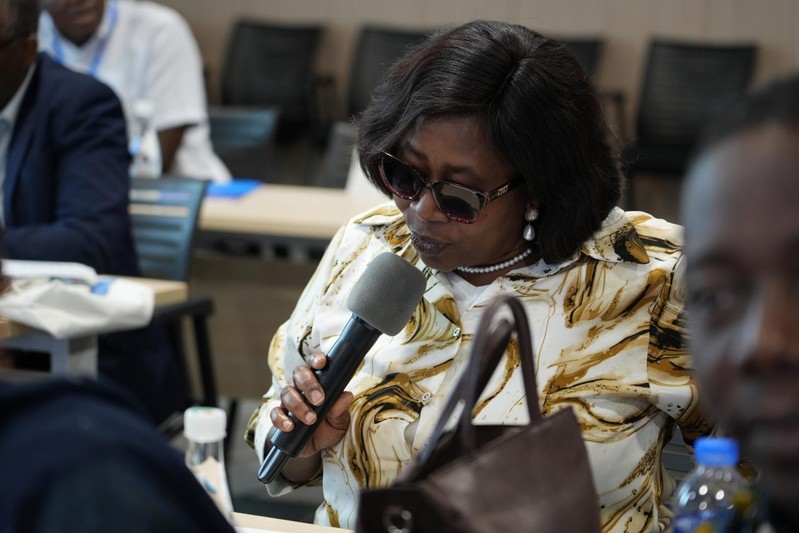
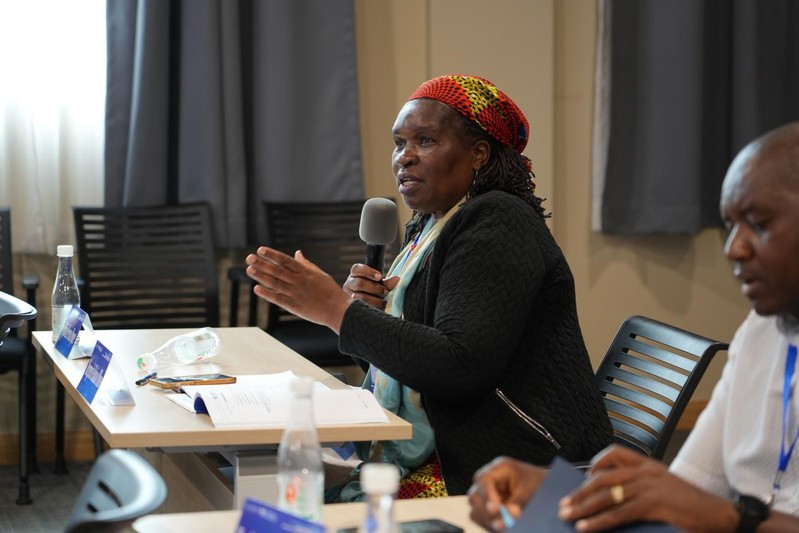
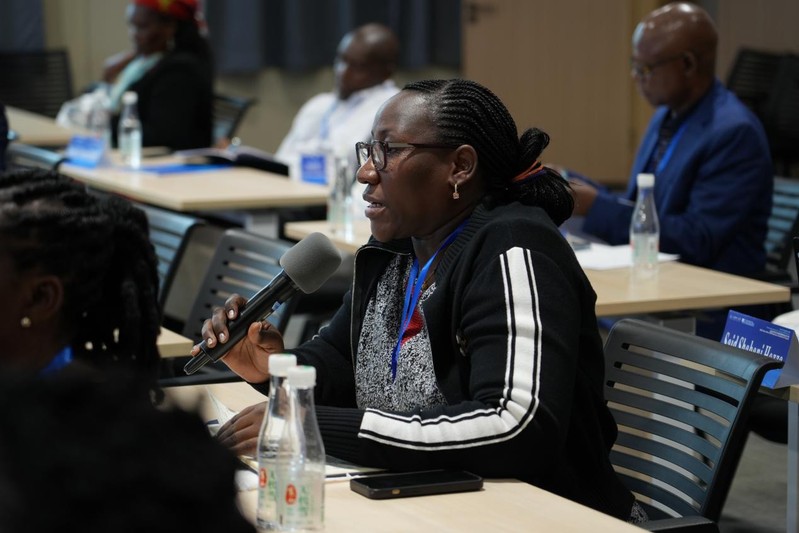
3. Third Lecture: China’s STEM Education Policies and Teacher Professional Development Programs
On the morning of October 16, Assistant Professor Zhou Xiaofei from Shanghai Jiao Tong University delivered a speech at TEC’s Shicheng Lecture Hall, titled China’s STEM Education Policies and Teacher Professional Development Programs. Centering on China’s STEM education policies and teacher professional development, the speech reviewed the development of STEM education policies from 2017 to 2024, expounded on the policy ecosystem for building a STEM education ecosystem, detailed the STEM teacher professional development program (a core component of the STEM education ecosystem), and shared Shanghai’s practices in STEM education. Later, three educational leaders and STEM education experts from different countries expressed their views on curriculum reform, leading to lively discussions and exchanges among the audience.

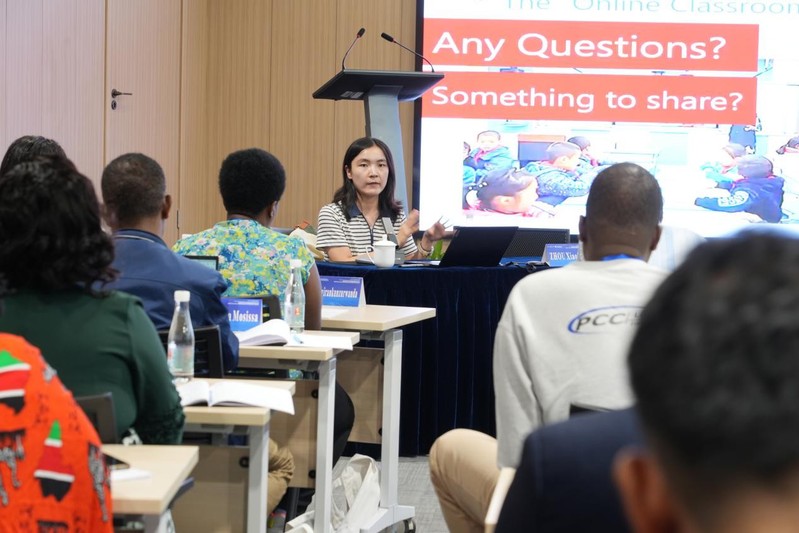

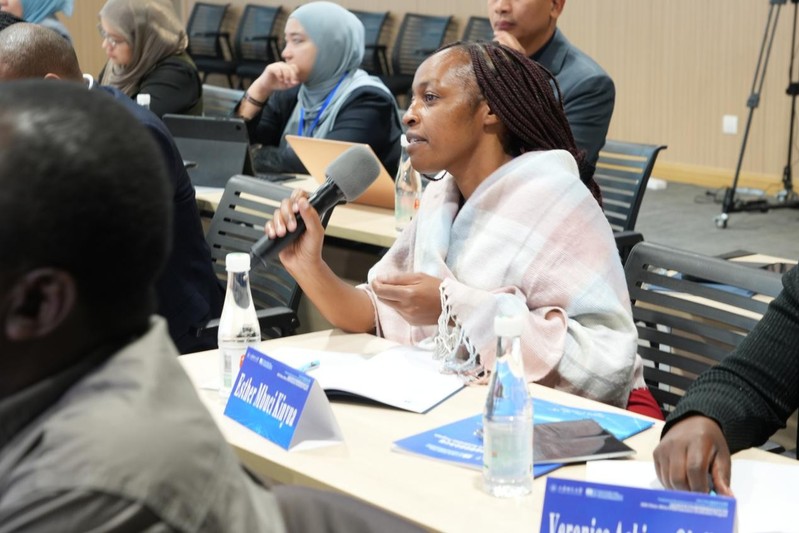
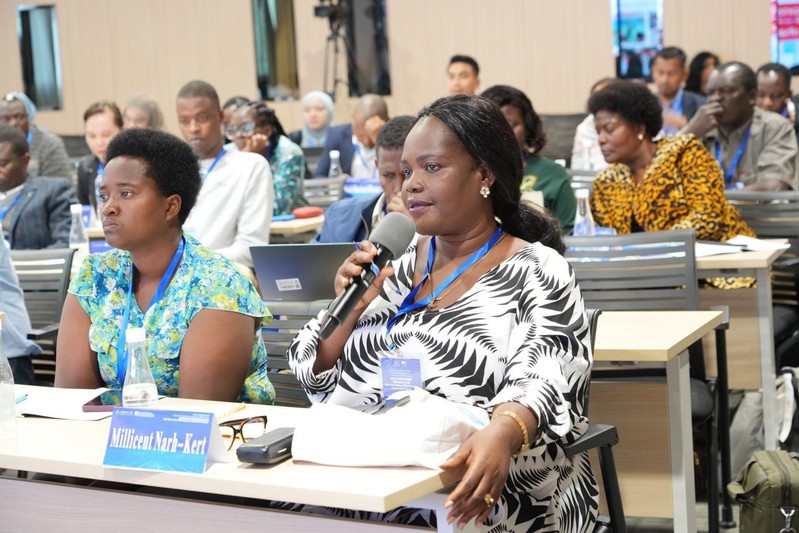
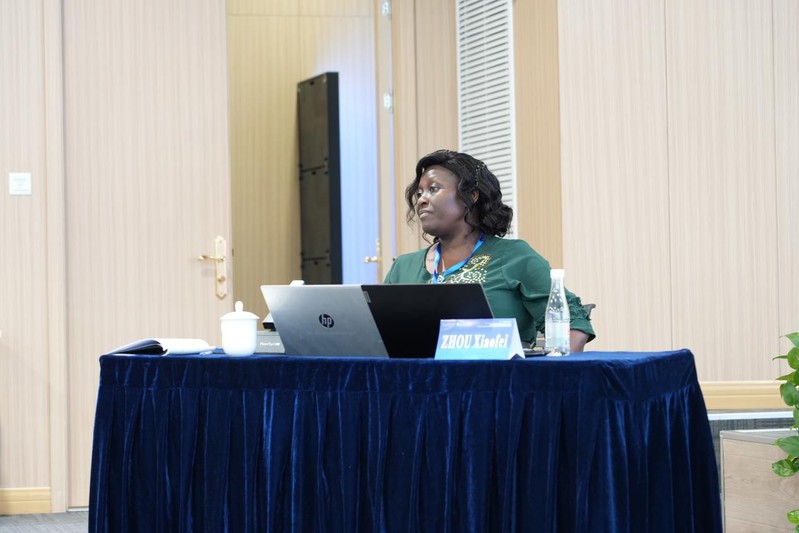
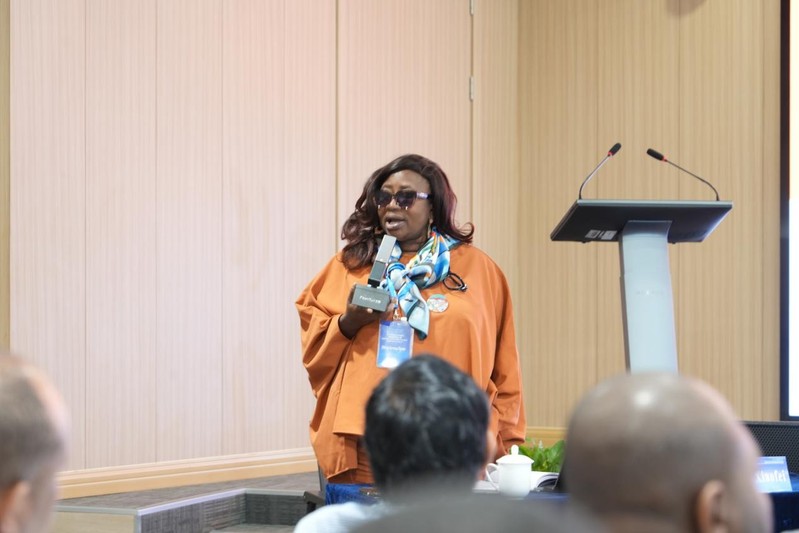

4. Fourth Lecture: Educational Large Models Empowering Innovation in Teacher Instruction
On the morning of October 17, an international seminar on AI Empowering Education was held at TEC’s Shicheng Lecture Hall. Professor Wang Gong’s team from Shanghai Normal University systematically presented the Shanghai Model, including innovative achievements such as teacher education large models and multi-agent training platforms. They also introduced how systems like intelligent teaching analysis tools and smart education brains provide data-driven support for teaching design and teacher development. Representatives from Tanzania, Kenya, and other countries shared their local AI education practices. The seminar highlighted the potential of AI in empowering teacher development and building a smart education ecosystem, emphasized the integrated approach of people-oriented, data-driven, and ethics-first, and provided a platform for exchange and cooperation in global educational digitalization.
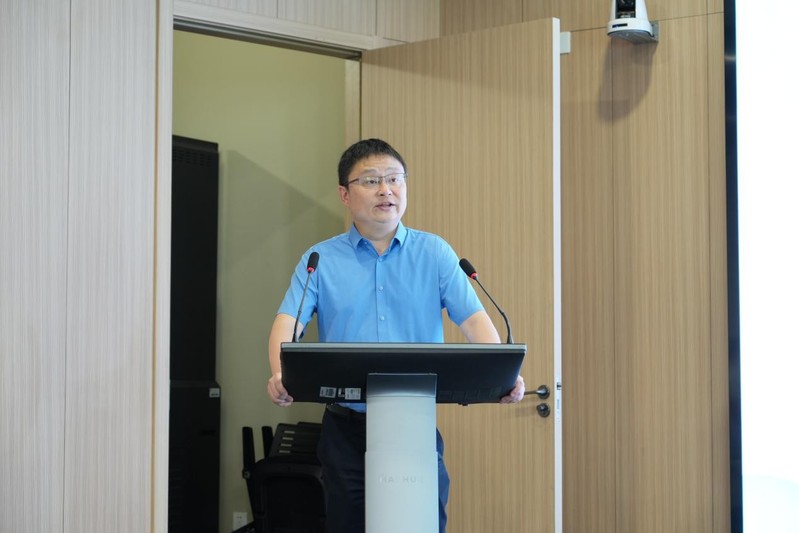
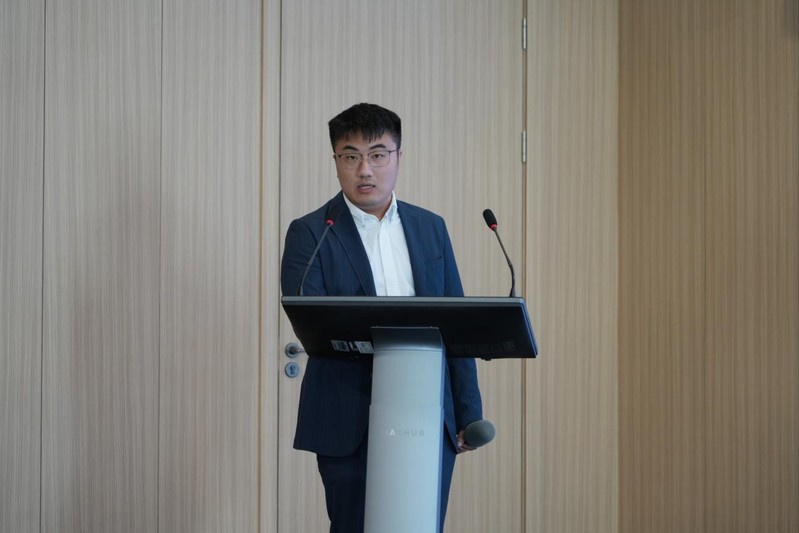

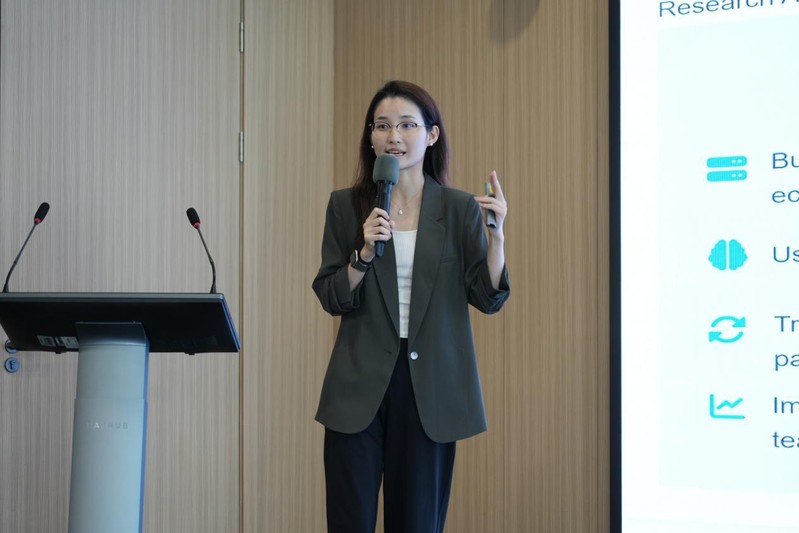



5. Fifth Lecture: Science Popularization Venues + Schools: How to Enhance Science Education
On the morning of October 20, Researcher Song Xian from the Shanghai Science and Technology Museum hosted a thematic seminar titled Science Popularization Venues + Schools: How to Enhance Science Education. The lecture covered three sections: Current Issues and Challenges in Science Education, Reorientation of Scientific Literacy and International Trends, and Practices and Explorations of Science Popularization Venues, with in-depth elaboration supported by domestic and international cases and the Shanghai Science and Technology Museum’s practices. Later, Teacher Jin Ye from Zhenru Cuiying Kindergarten in Putuo District, Shanghai, gave a thematic sharing titled Practical Explorations in Early Childhood Science Education. Focusing on two sections—Scientific Inquiry in Daily Kindergarten Activities and Utilizing Off-Campus Resources for Scientific Inquiry—the sharing drew on the kindergarten’s 30 years of science education experience and the case of the China Dinosaur Exhibition. After the lectures, participants engaged in in-depth exchanges and discussions with the two speakers on topics such as the regular mechanism for school-venue cooperation, teacher training, and project evaluation.

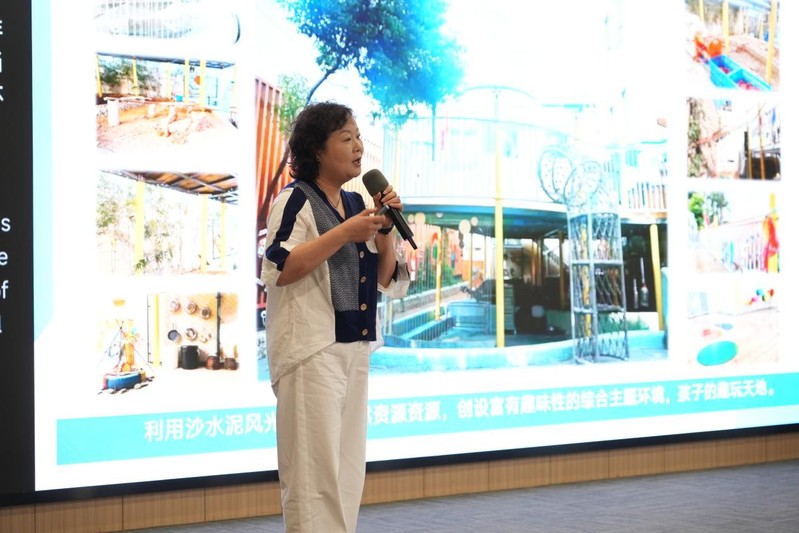

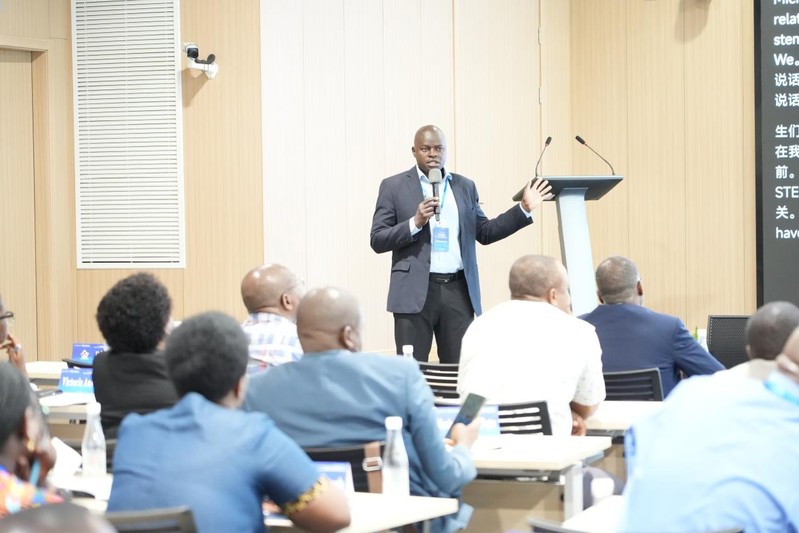
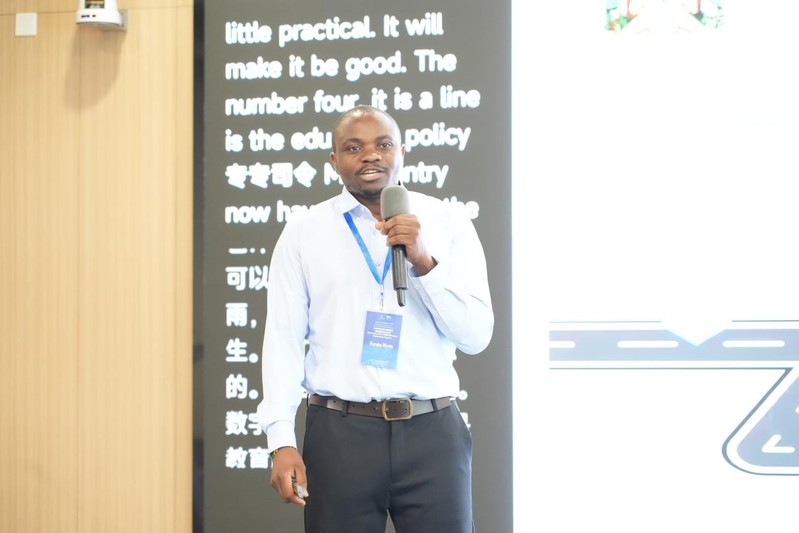
II. On-Site Visit
1. First Stop: Shanghai Experimental School
On the afternoon of October 14, participants of the China-Africa STEM Education Teacher Training Cooperation Program Workshop (hereafter referred to as the Workshop) visited Shanghai Experimental School, where they were warmly received by Principal Chen Xingye, Deputy Party Secretary Chen Hui, Deputy Director of the Party and Administration Department Shi Yingfang, and Xue Mengchao from the Party and Administration Department. The participants first toured the school’s campus, stopping to appreciate landmark spaces such as the Shangli Cube, Sunshine Studio, library, and Information Center. They also entered a classroom and interacted with sixth-grade students attending a German language class. Later, at the school’s conference center, Principal Chen Xingye extended a warm welcome to the Workshop participants on behalf of the school. Deputy Secretary Chen Hui gave a detailed introduction to the school’s overall layout, educational philosophy, and training objectives in STEM curriculum development; Ben, a foreign STEM teacher from the International Department, shared his understanding of STEM education and teaching practices, and presented videos of classic experiments completed independently by students; Teacher Li Mengdan from the Junior High School Department introduced the implementation of STEM courses in junior high school, comprehensively demonstrating the systematic development and vivid practices of Shanghai Experimental School in the field of STEM education—covering teaching methods, classroom interaction, and project-based achievements. After the sharing, Workshop participants spoke actively, raising questions and engaging in lively discussions on STEM education. This exchange not only provided participants with a vivid experience but also built a bridge for future China-Africa education cooperation.
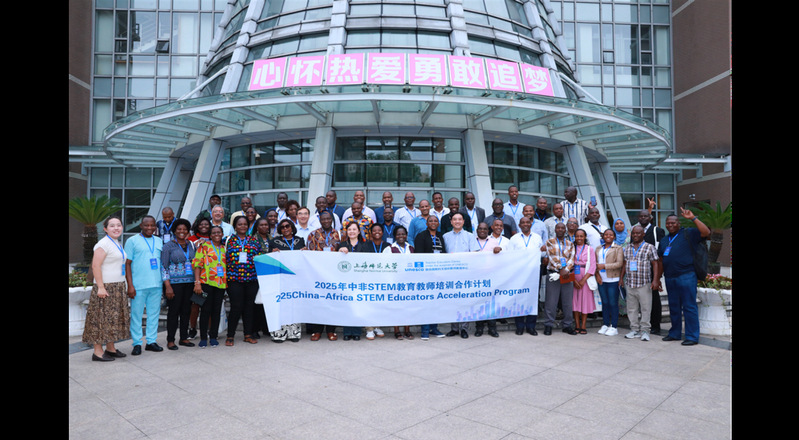
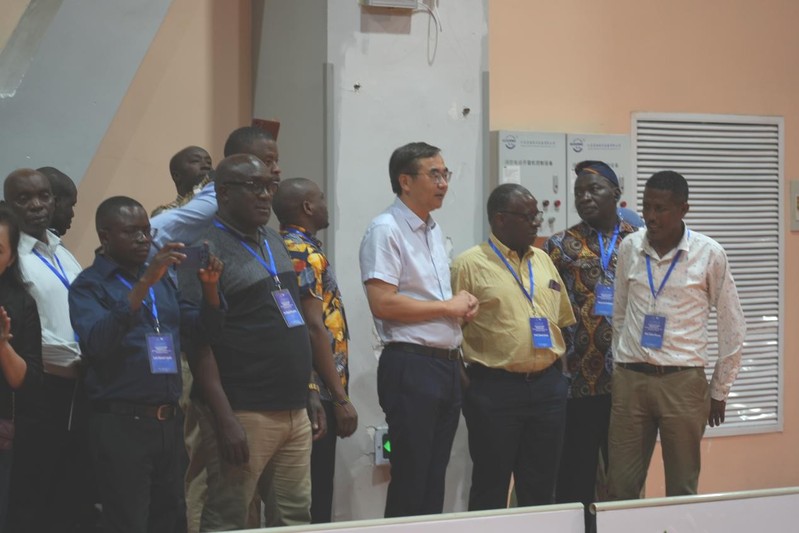
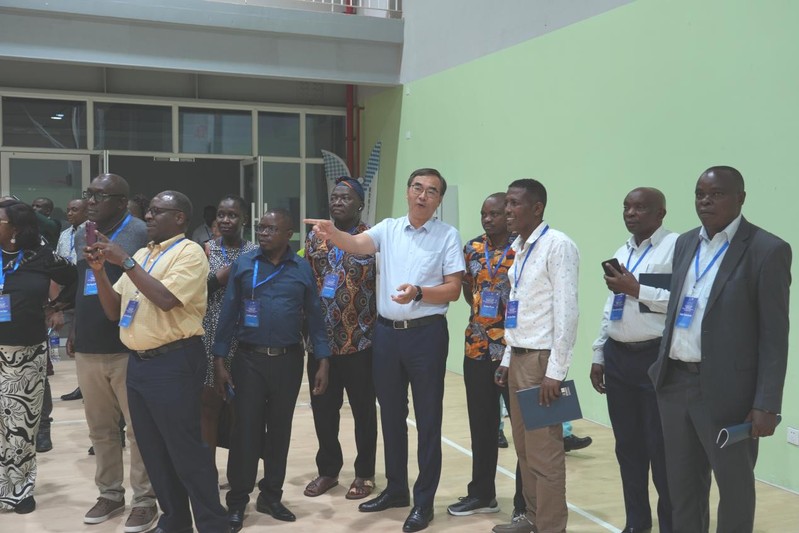
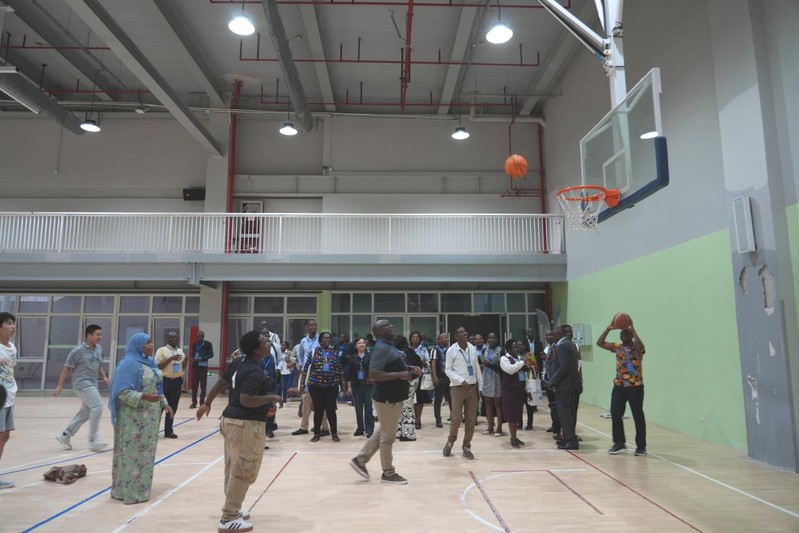

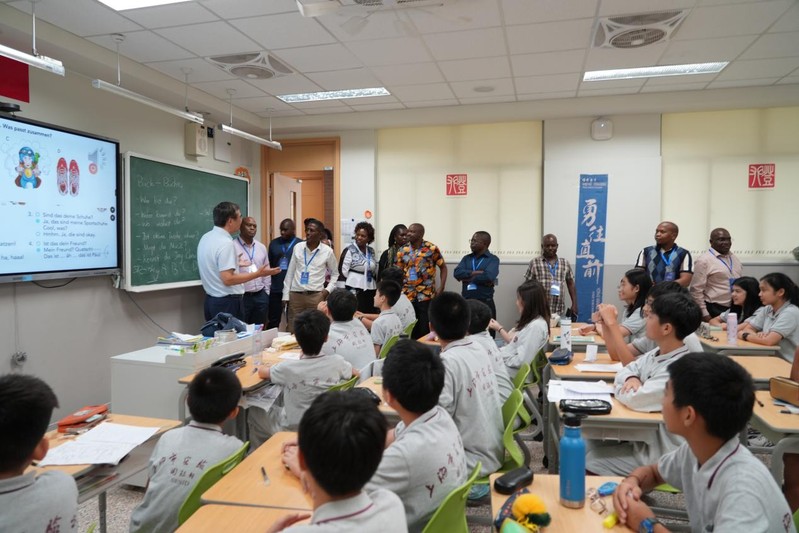
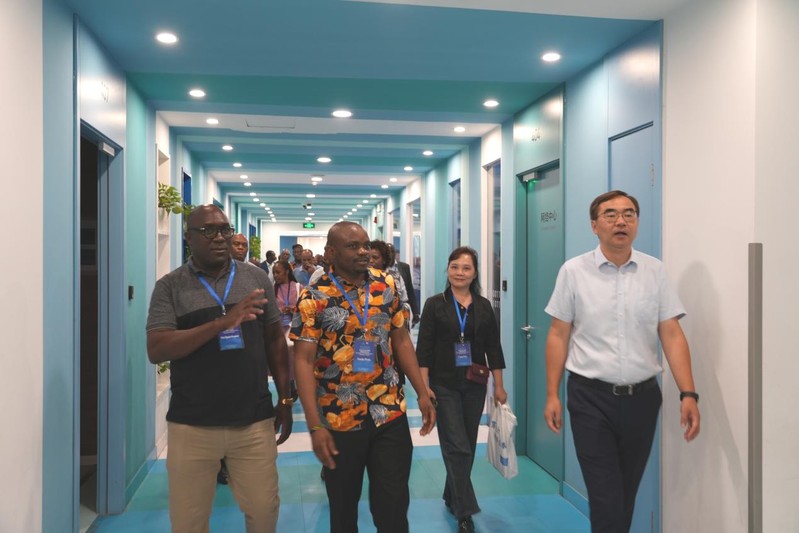

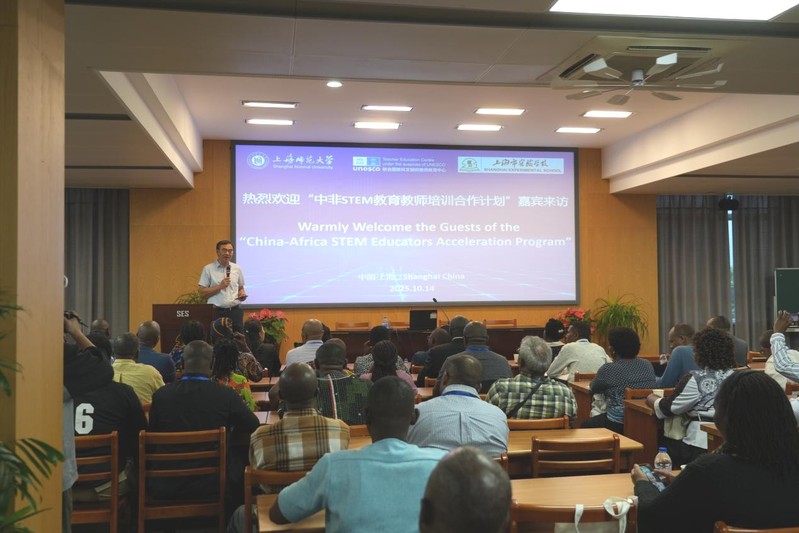

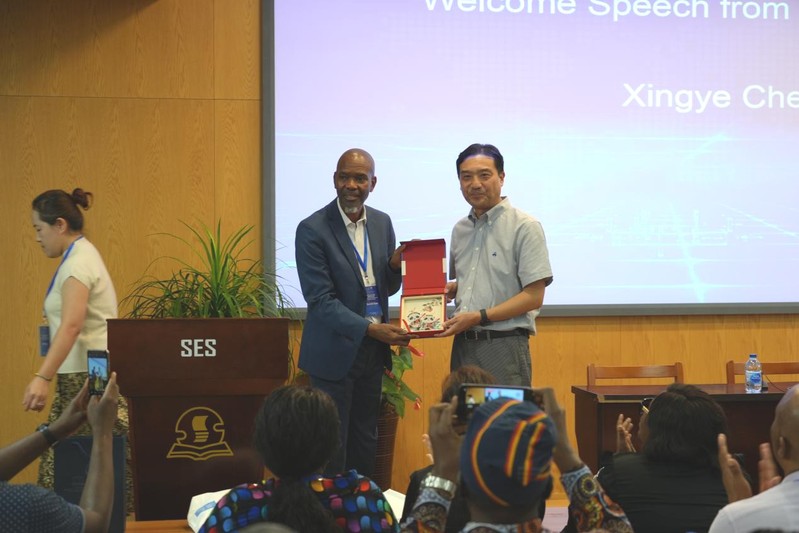

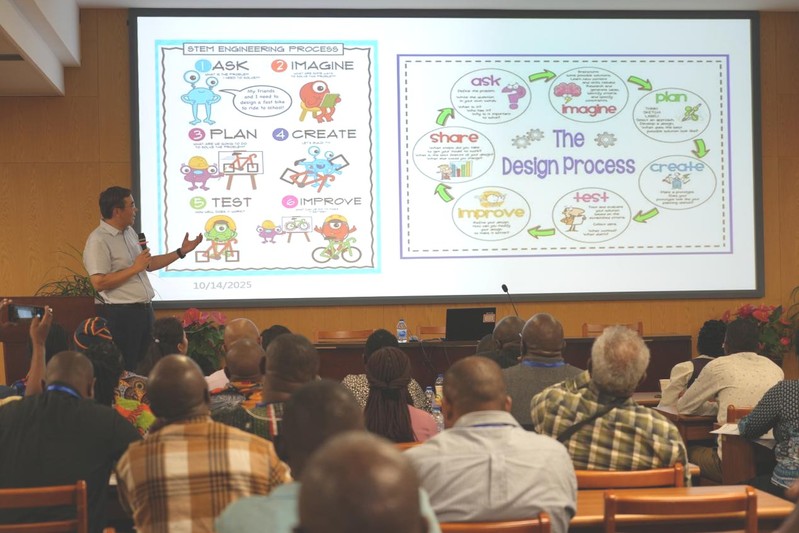

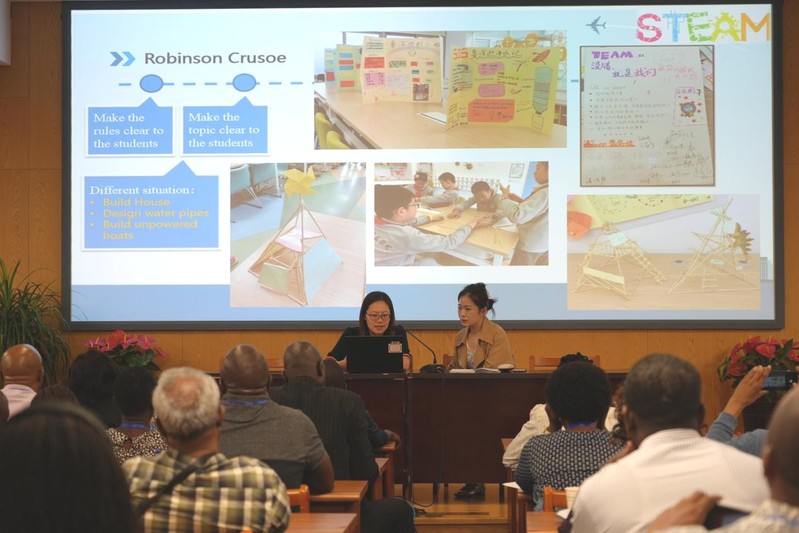

2. Second Stop: Xuhui District Youth Activity Center
On the afternoon of October 15, Workshop participants visited the Xuhui District Youth Activity Center to discuss STEM education together. In the STEM project classroom of the Rongchuang Center, participants learned about the center’s explorations in STEM curriculum development and innovative practices through on-site observation and hands-on experience of courses such as holographic sports, drone programming, badge making, structural construction, AI mecha battles, and the intangible cultural heritage cloth paste painting. In the General Technology Classroom, participants observed the complete practical process of students—including sketch design, scheme formulation, digital modeling, mechanical processing, and hands-on practice—gaining a more intuitive understanding of the design concept of STEM projects and students’ practical and innovative abilities in project-based learning. During the blue and white porcelain tile making activity, participants selected their favorite traditional patterns, assembled porcelain tiles, and polished their works, fully experiencing the fun of integrating traditional Chinese culture with STEM education. During this visit and exchange, participants highly praised the Xuhui District Youth Activity Center for its high-quality educational venues, rich STEM courses, and students’ outstanding performance, while further deepening their understanding of China’s STEM education practices.

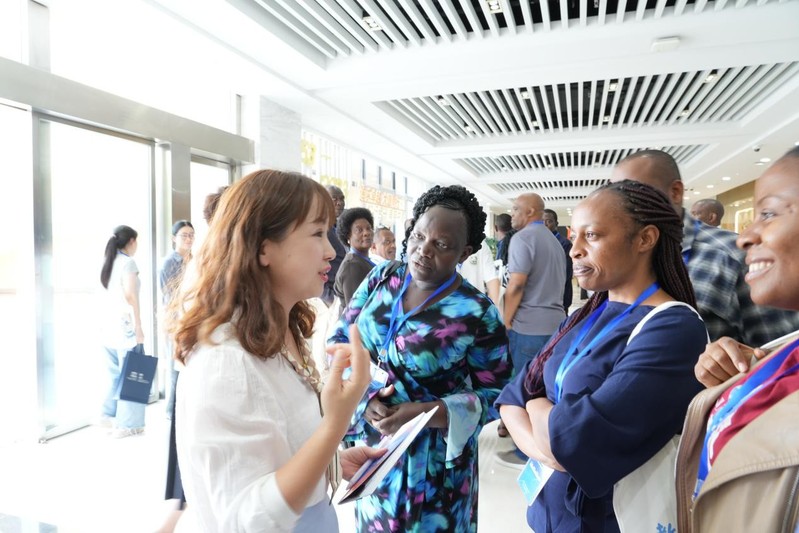


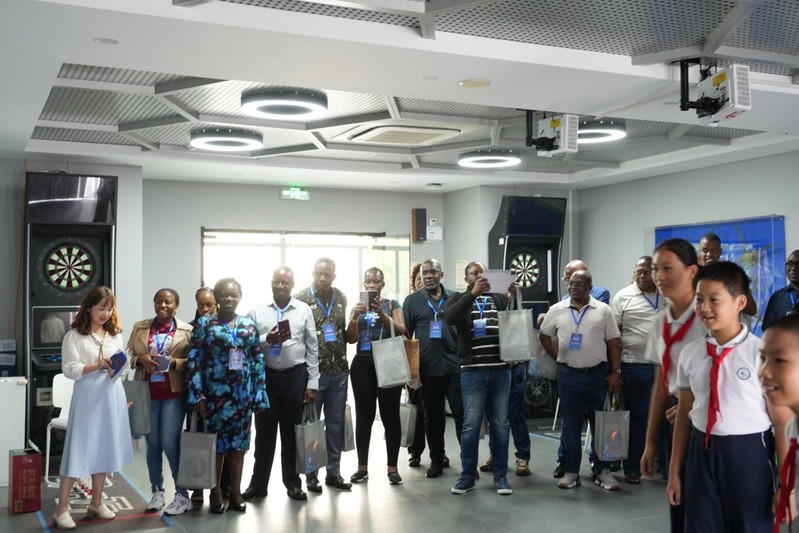
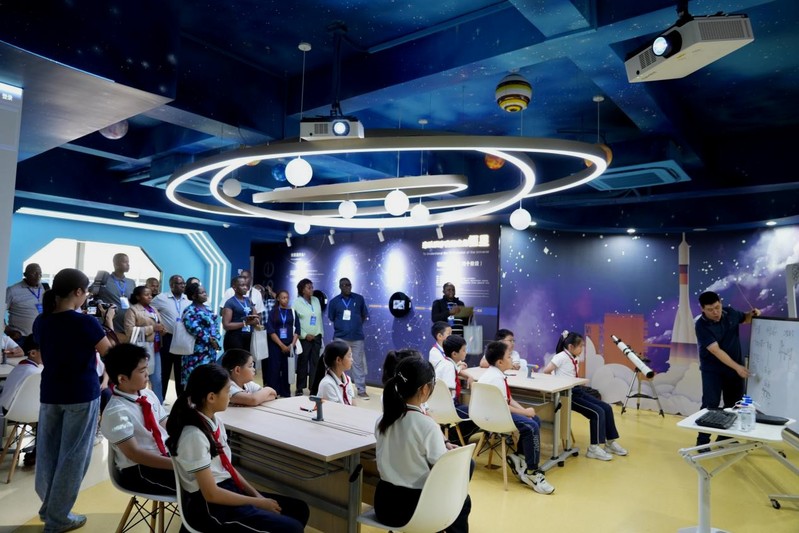
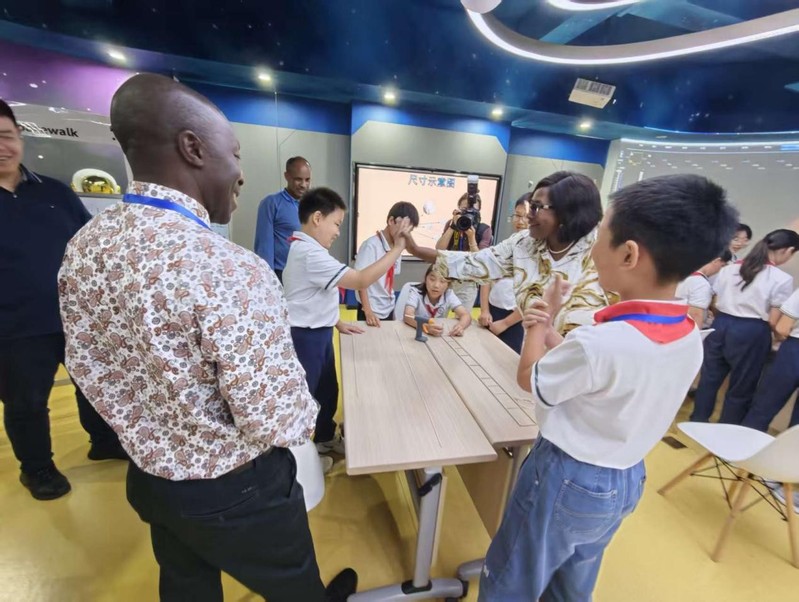
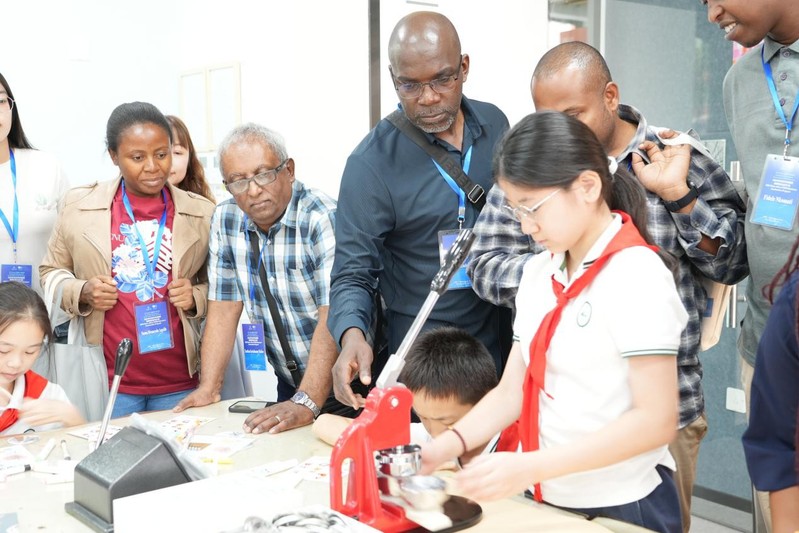
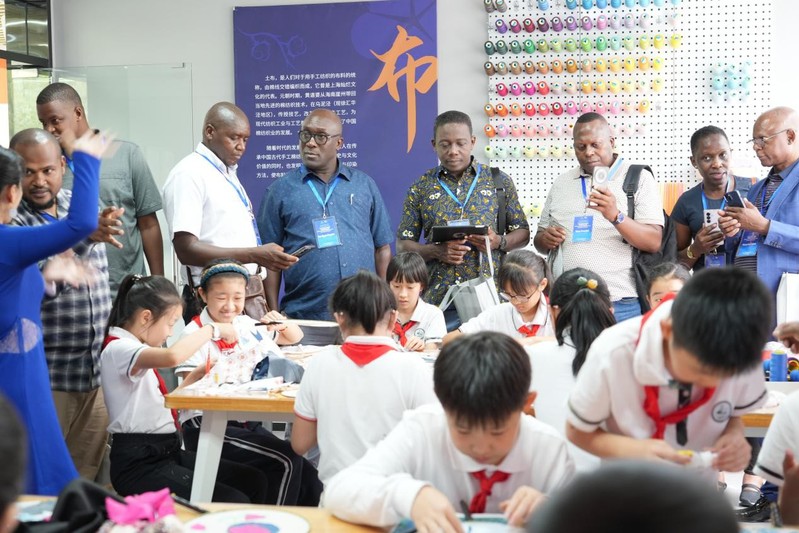
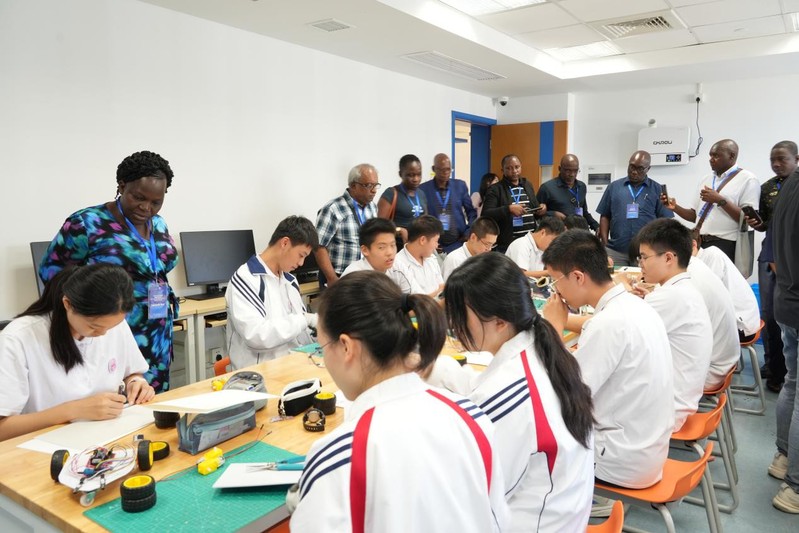
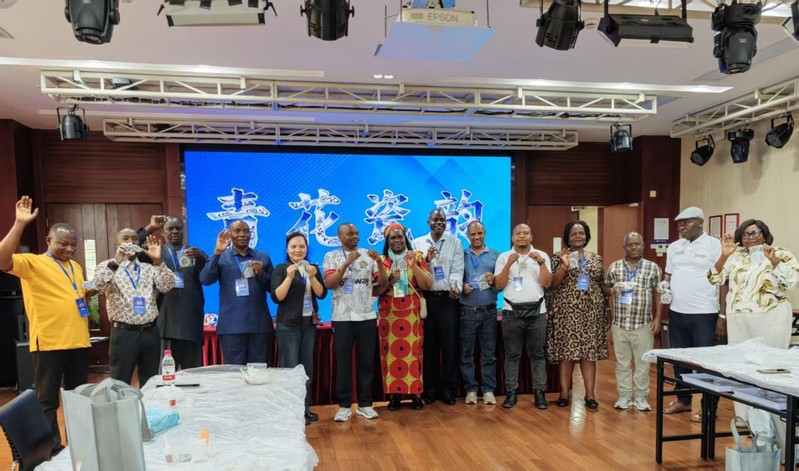
3. Third Stop: Shanghai Astronomy Museum
On the afternoon of October 16, Workshop participants visited the Shanghai Astronomy Museum, embarking on a journey of cosmic exploration. In the Home exhibition area, they gazed at the bright starry sky, observed models of the Earth, Moon, and Sun, and admired precious meteorites. The Universe exhibition area presented the wonders of the universe from five dimensions—time and space, light, gravity, elements, and life. By experiencing interactive installations such as spacetime curvature and gravitational waves, participants explored the laws of celestial evolution and operation. In the Journey exhibition area, they visited a model of the Tianhe Core Module and experienced the on-orbit working environment of astronauts, intuitively feeling the great journey of human exploration of the universe. This visit, with the diverse exhibitions of the Shanghai Astronomy Museum as a medium, not only showcased China’s achievements in astronomical science and technology and popular science innovation but also provided inspiration for participants to design interdisciplinary teaching.

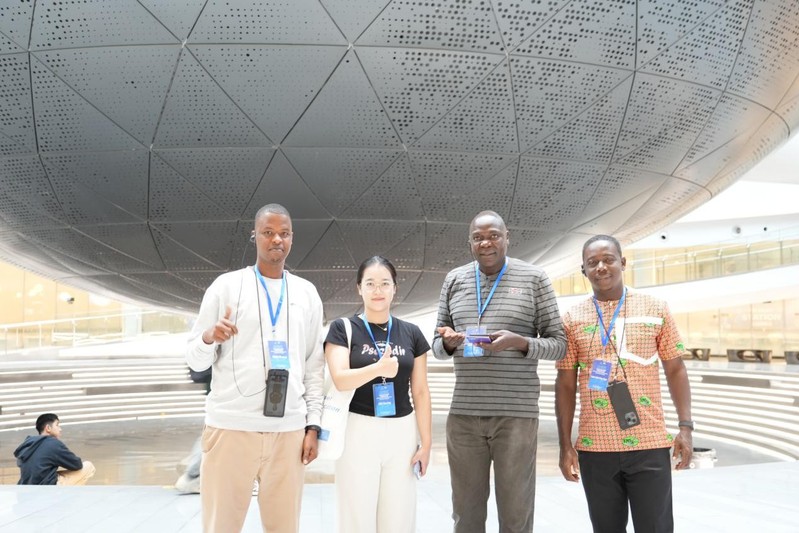
4. Fourth Stop: Mushroom Cloud Maker Space
On the afternoon of October 17, Workshop participants visited Mushroom Cloud Maker Space, immersively experiencing new pathways for AI teaching practice. Affiliated with Shanghai Zhiwei Robot Co., Ltd. (DF Robot), Mushroom Cloud Maker Space provided participants with a full-process exchange platform—from technology cognition to practical implementation—by leveraging professional teaching scenarios and technical resources. In the AI Empowering STEM Teaching Practical Workshop, participants worked in groups to experience smart home voice control and the Xiaozhi AI intelligent interaction project. Amidst the on-site commands of Hi Telly! and Hello, Jarvis, participants intuitively felt the adaptability advantages of the Xingkong Board for zero-based teaching and the great potential of technology empowering STEM education. The workshop proceeded in an orderly manner following the rhythm of visit and cognition → practical experience → exchange and feedback, truly demonstrating China’s innovative practices in open-source hardware and AI education scenario construction, and allowing participants to perceive the operability of AI teaching through real interaction.
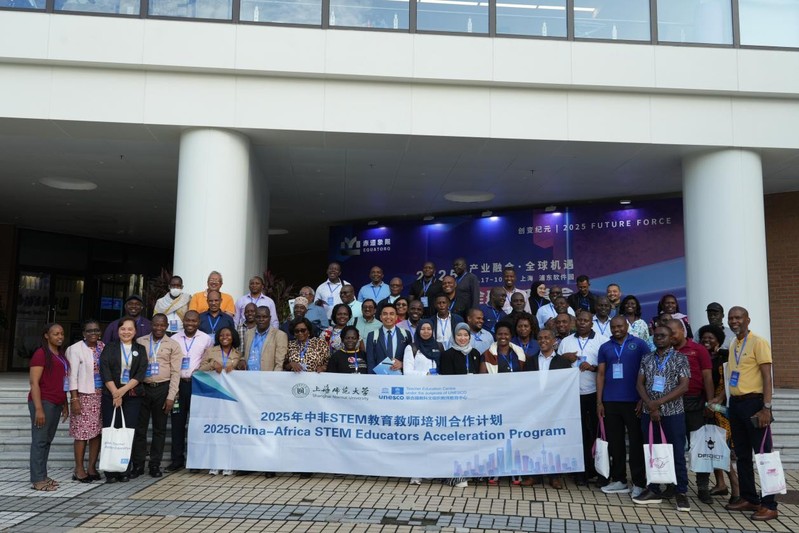
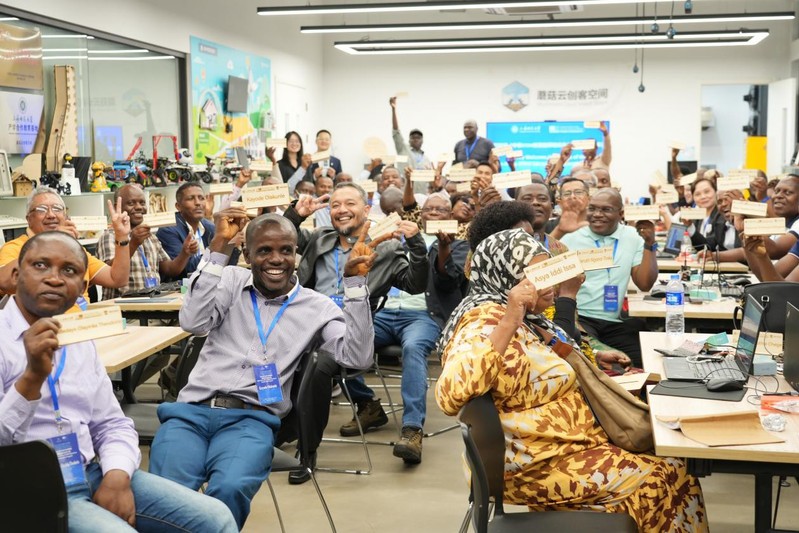
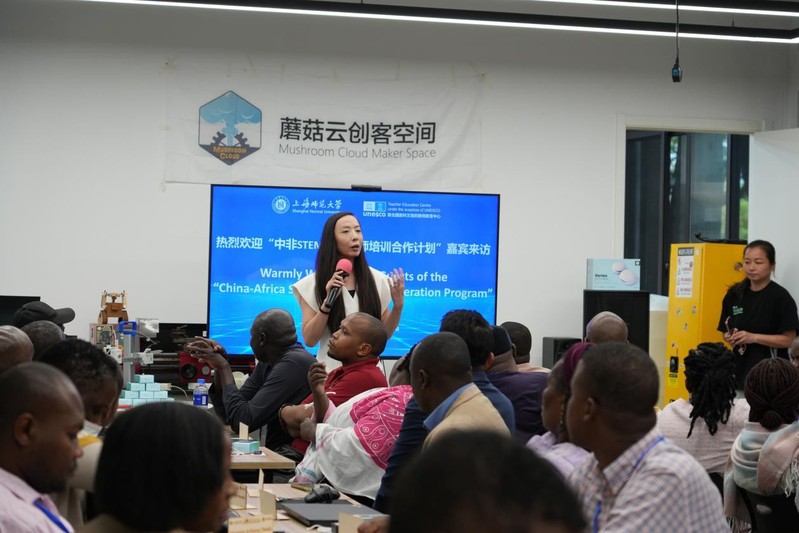

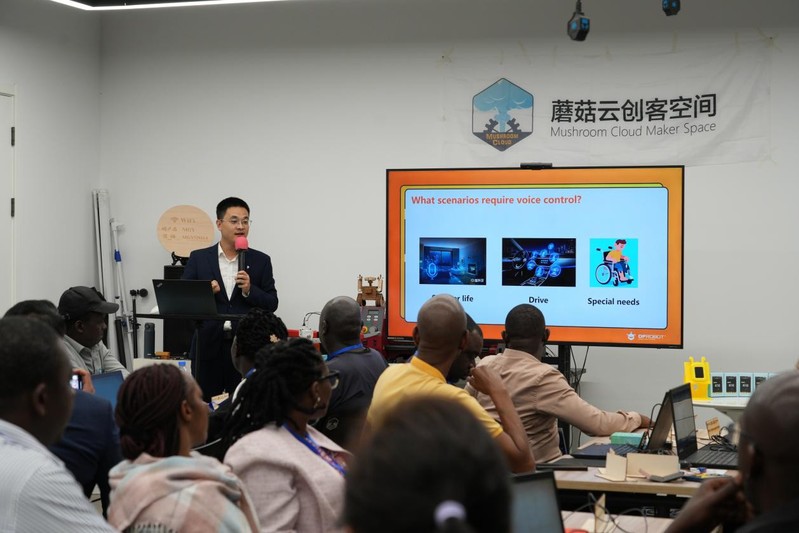
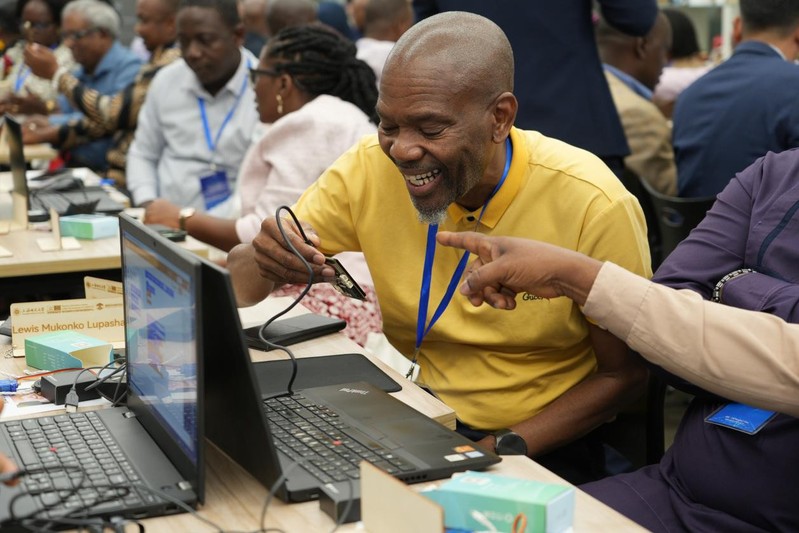

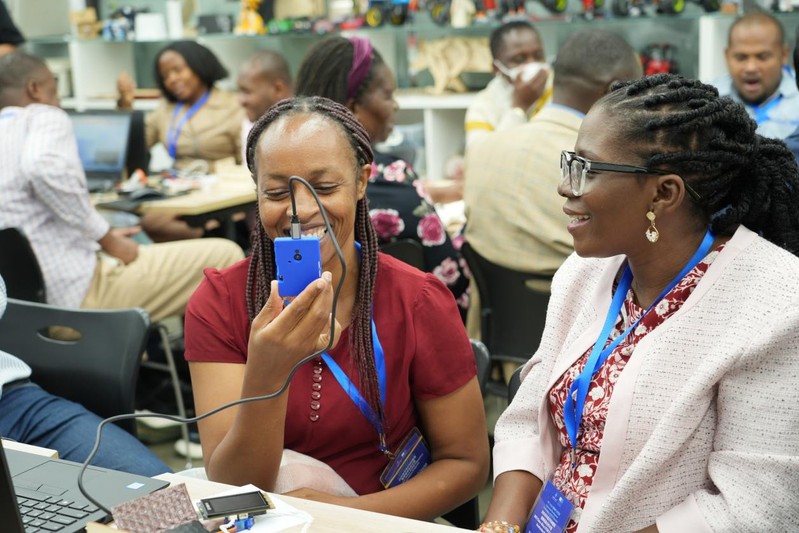
5. Fifth Stop: Trip to Huzhou
On October 18, Workshop participants traveled to Huzhou for an on-site inspection. At the Xishanyang Campus of Huzhou Normal University Affiliated Primary School Education Group, participants observed the school’s innovative practices in STEM education reform and campus culture construction. By visiting the Digital Inquiry Laboratory, IT Robot Information Classroom, Life Ceramics Classroom, and Photosynthetic Smart House, they gained a close-up understanding of the school’s philosophy and practices of integrating cutting-edge technology and innovative thinking into daily teaching. In the afternoon, the Huzhou Wisdom in STEM Education Practice Forum kicked off at Huzhou Normal University. Professor Hugjile, from the School of Science of Huzhou Normal University and Executive Director of the Northern Zhejiang STEM Education Research Institute, and Researcher Tang Bo, from the Huzhou Municipal Education Science Research Center and Vice Director of the Northern Zhejiang STEM Education Research Institute, delivered thematic reports respectively—titled Strategies for Local Normal Universities to Promote STEM Education and Regional Practice and Effectiveness Analysis of STEM Education—in-depth discussing the role and promotion path of Huzhou Normal University (as a local university) in STEM education. In addition, the forum included vivid STEM classroom demonstrations and a display of youth STEM education achievements, showcasing the integration and application of STEM education concepts in real classrooms. This trip to Huzhou presented participants with the unique Huzhou STEM Model and shared vivid practices of STEM education promoting ecological civilization.

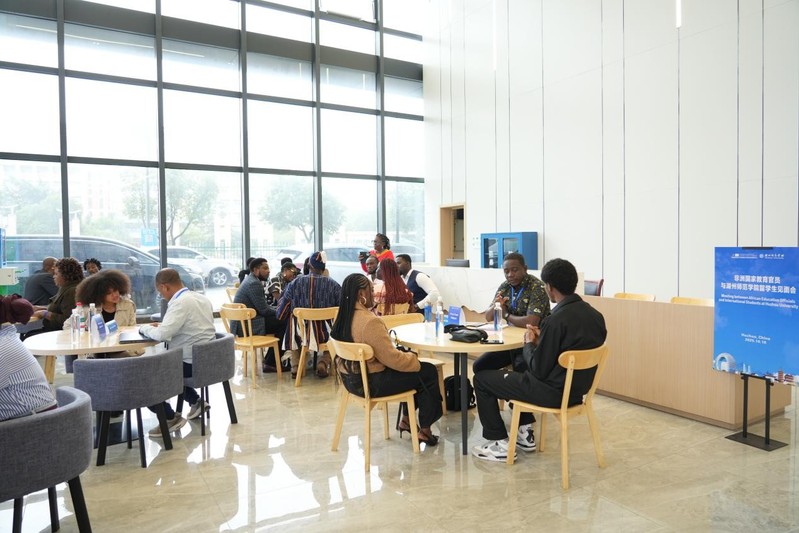


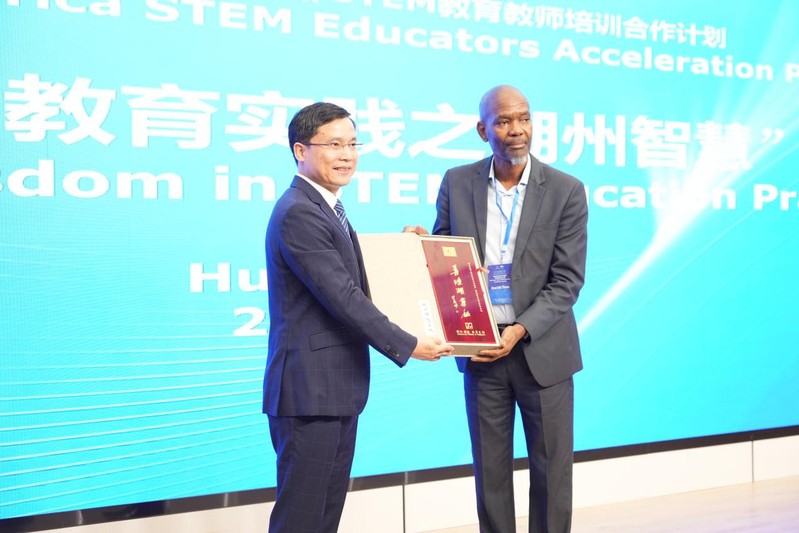
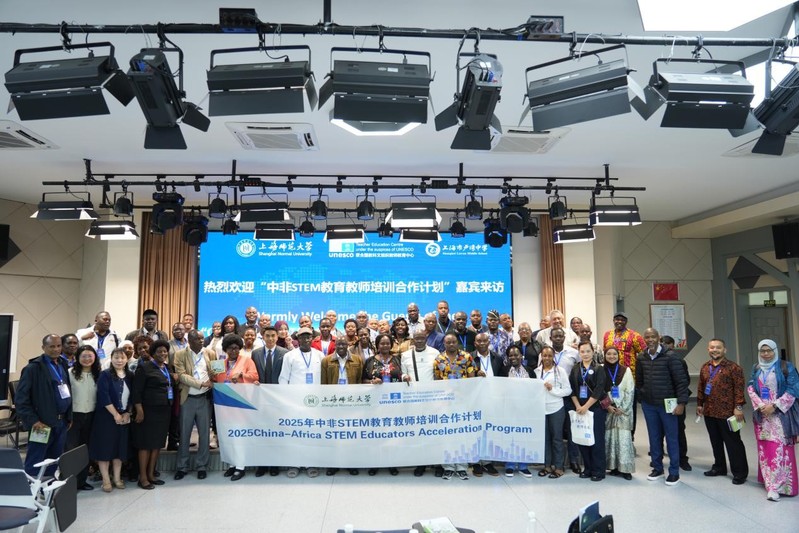
6. Sixth Stop: Shanghai Luwan Middle School
On the afternoon of October 20, Workshop participants visited Shanghai Luwan Middle School and conducted in-depth discussions on the practical pathways of STEM education. Accompanied by the school’s administrative team, participants first toured the school’s Digital Smart Campus, visiting the Digital Hall, AI Innovation Laboratory, Smart Classroom, Aerial Vertical Garden, and Smart Piano Innovation Laboratory—gaining a deep understanding of the school’s carefully built digital-empowered learning venues. They also observed the learning achievements of student clubs such as the Drone Club, LEGO Robot Club, Simulated Flight Club, and FTC Robot Club, and through student introductions and personal experiences, perceived the application of cutting-edge technology in school-based courses. In the Geographic Science Laboratory, participants focused on the Future School Renovation Project designed and completed by Shanghai Luwan Middle School students, fully affirming the students’ practical abilities and innovative thinking. Later, participants moved to the auditorium to watch an erhu ensemble and dance performance by the school’s students. Three students from Shanghai Luwan Middle School presented their STEM innovation project achievements, and Principal Zhang Yi delivered a keynote speech titled Learner-Centered: Building a New Ecosystem of Boundaryless Learning. From two modules—curriculum and teachers—Principal Zhang systematically introduced the school’s interdisciplinary curriculum system and the N-dimensional pathway for teacher professional development. After the meeting, participants actively asked questions, leaving a deep impression of the comprehensive STEM ecosystem demonstrated by Luwan Middle School.
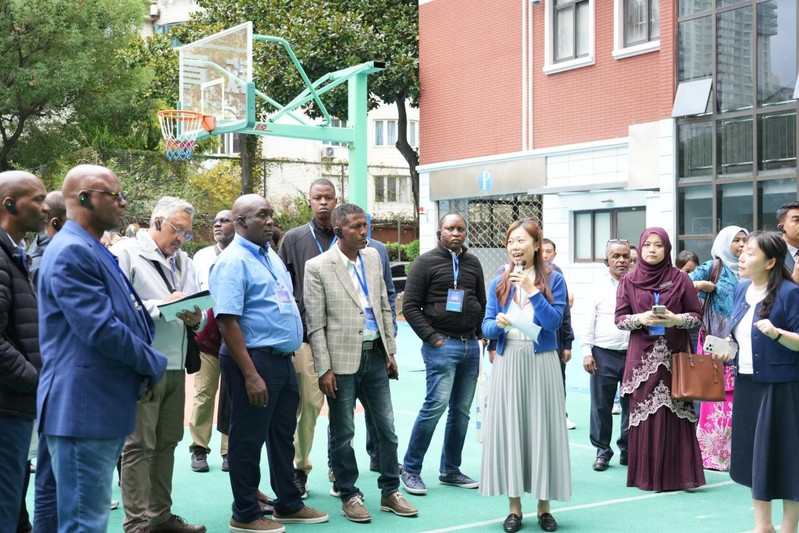

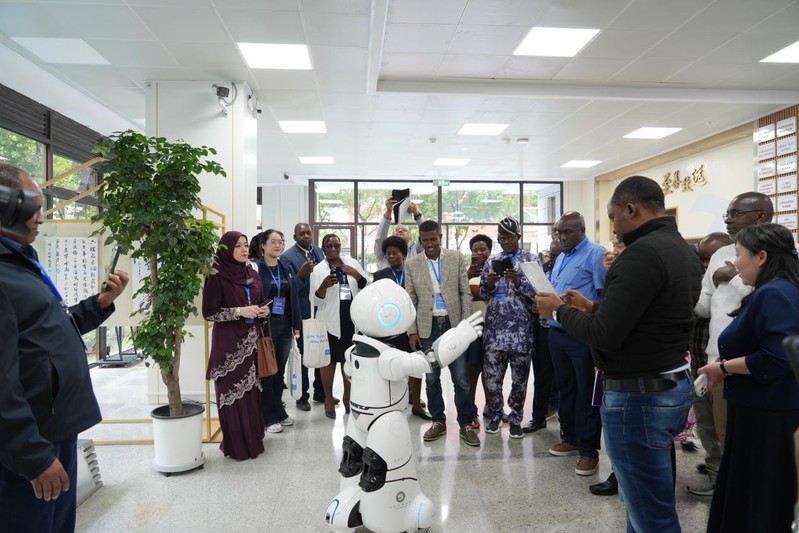
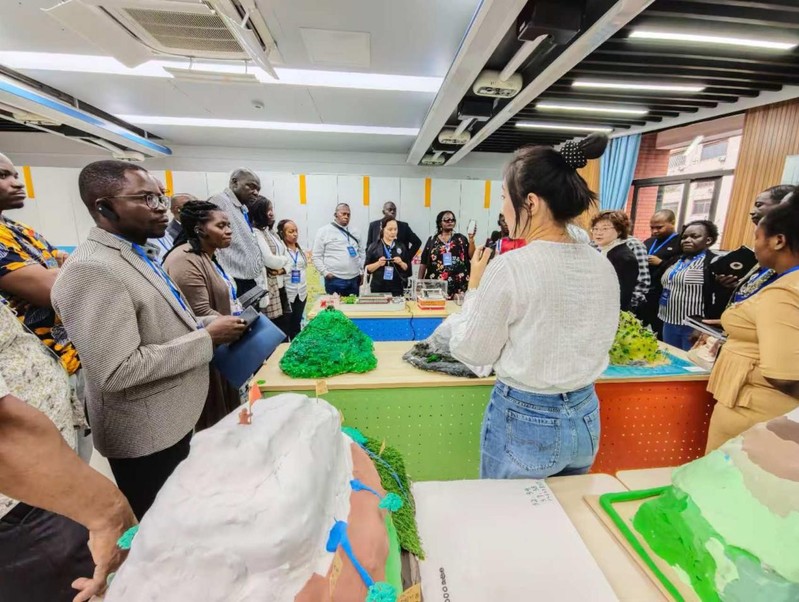


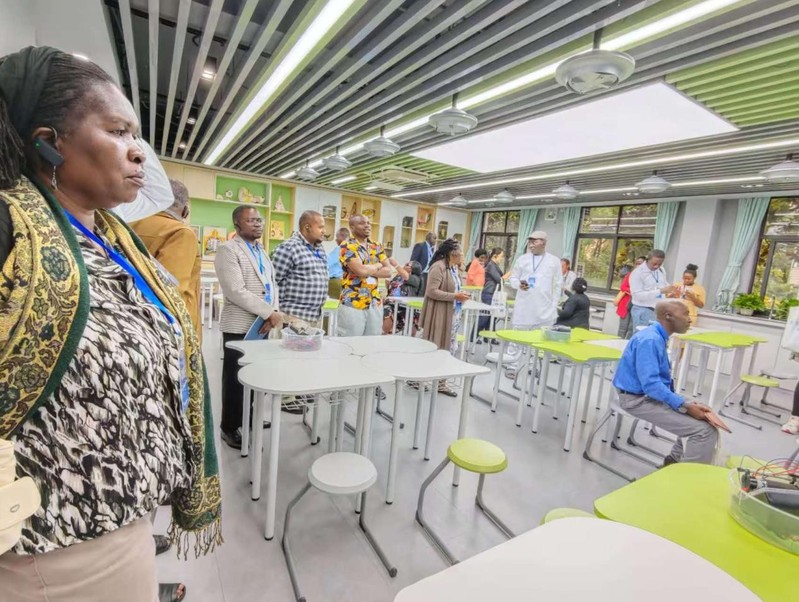


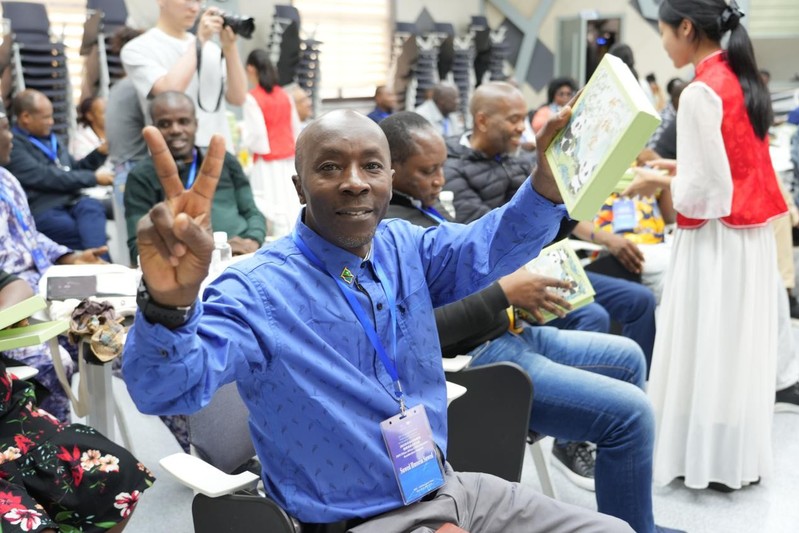
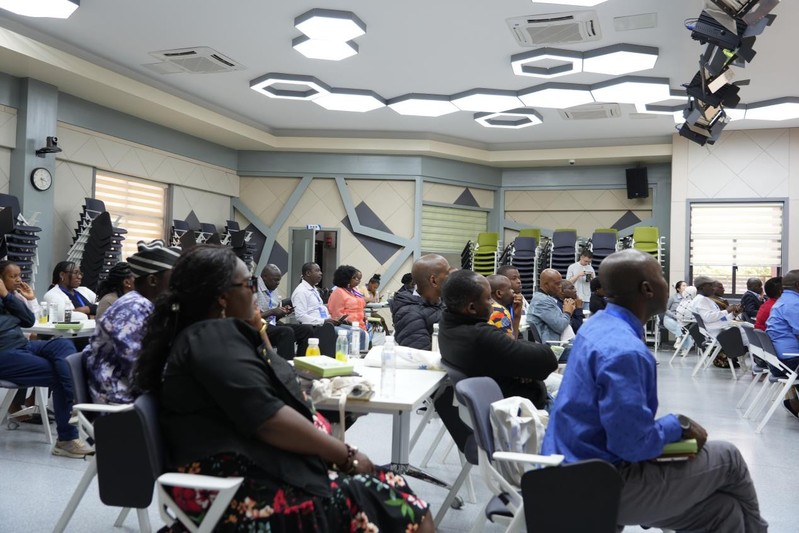

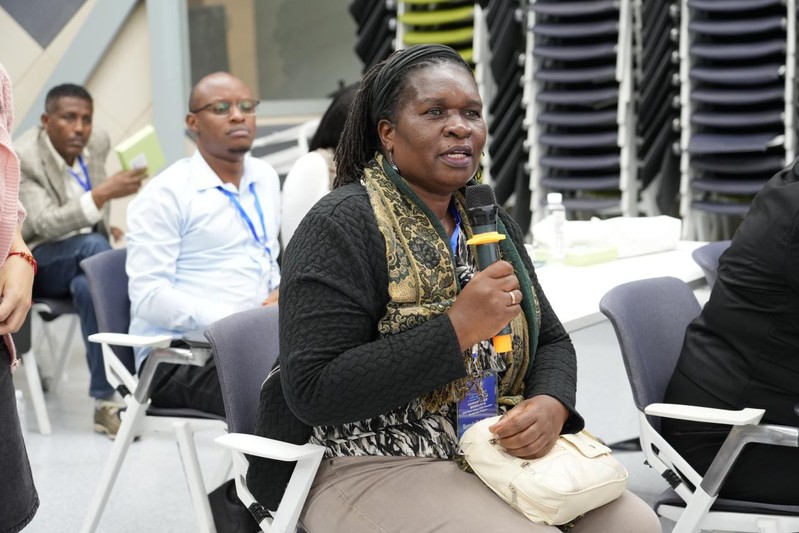
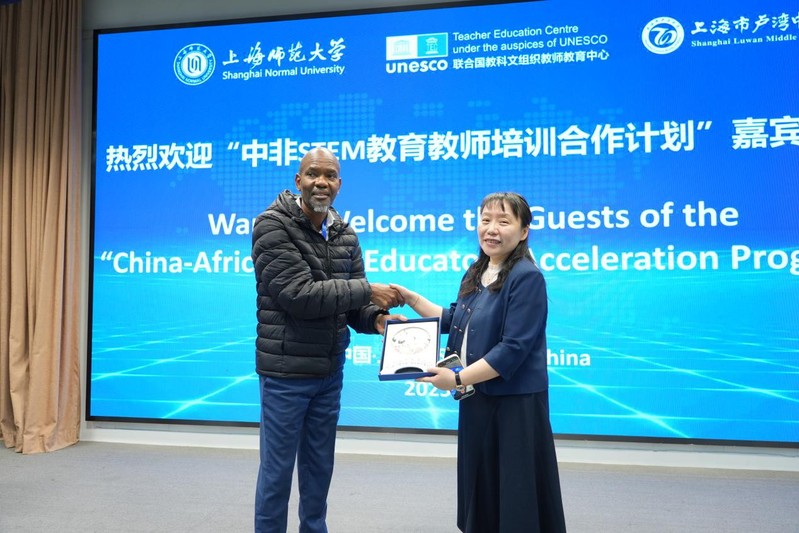
III. Closing Ceremony
On the morning of October 21, the 2025 China-Africa STEM Education Teacher Training Cooperation Program Workshop—hosted by TEC and Shanghai Normal University—was held at the Shicheng Lecture Hall on the second floor of TEC. Associate Professor Song Jia served as the host of the closing ceremony. First, a 12-minute video highlight reel of the event led all attendees to review the unforgettable moments during the workshop. Subsequently, Associate Professor Song Jia reviewed the implementation effects and cooperation discussions of the program, and thanked all parties for their resource support. Next, a certificate awarding ceremony was held on-site, with a sincere and warm atmosphere. Participants from 11 African countries took turns to share their learning experiences and practical outlooks from the program, stating that this trip not only equipped them with professional knowledge but also established valuable international friendships. Their remarks were filled with gratitude to the organizers and expectations for future cooperation. Shi Chengying, representative of the volunteers, wore the characteristic clothing gifted by the Ghanaian delegation and shared touching moments from the event based on her service experience—her sincere speech resonating with the entire audience. Finally, Director Zhang Minxuan of TEC delivered the closing speech. Professor Zhang affirmed the fruitful achievements of the workshop in promoting China-Africa STEM education cooperation and advancing teacher professional development. He also looked forward to the broad prospects of continuing to deepen cooperation between the two sides in areas such as curriculum co-construction, teacher training, and resource sharing—with this program as a cornerstone—bringing the entire project to a successful conclusion.


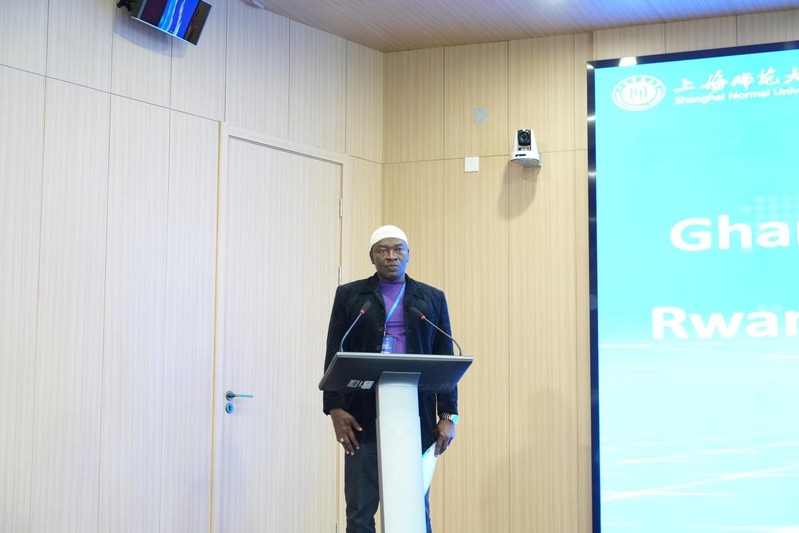
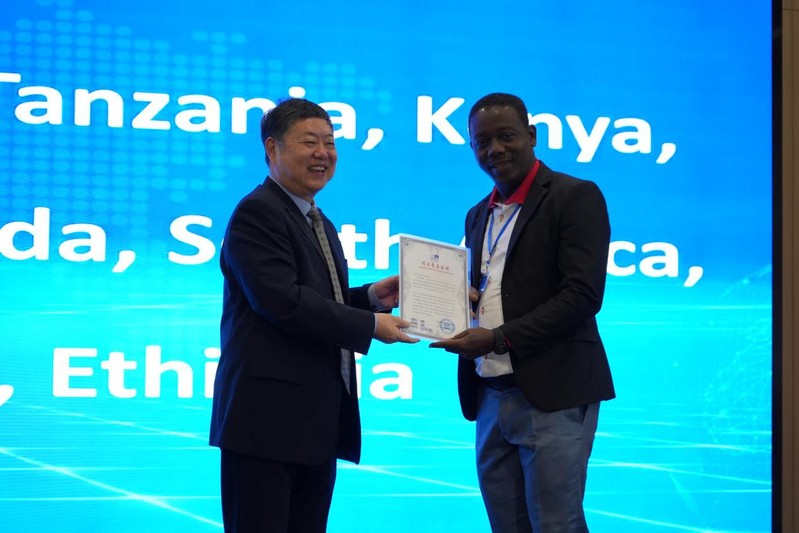

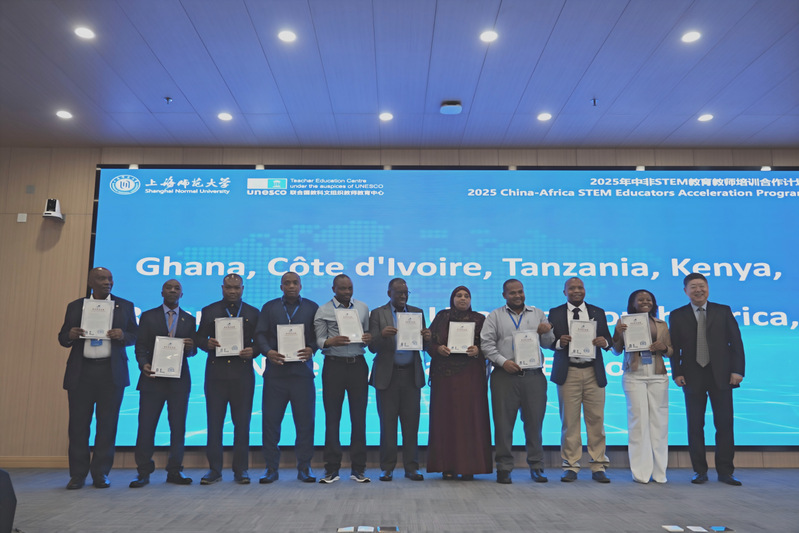

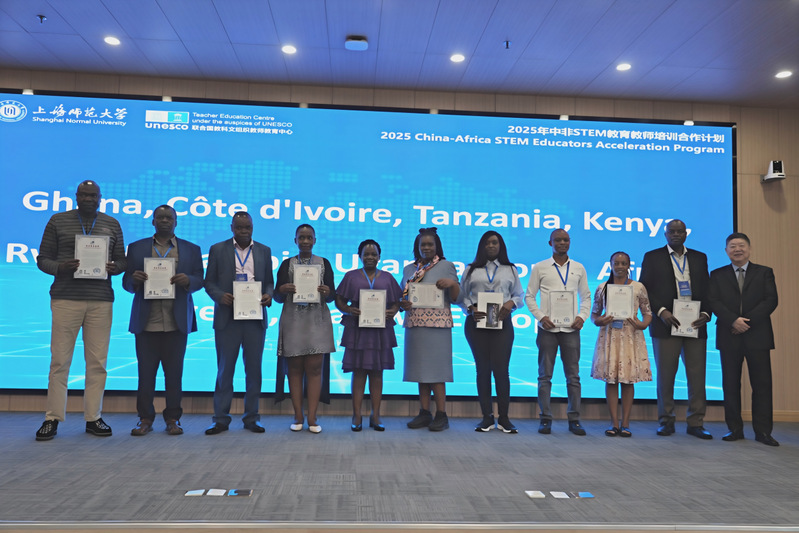
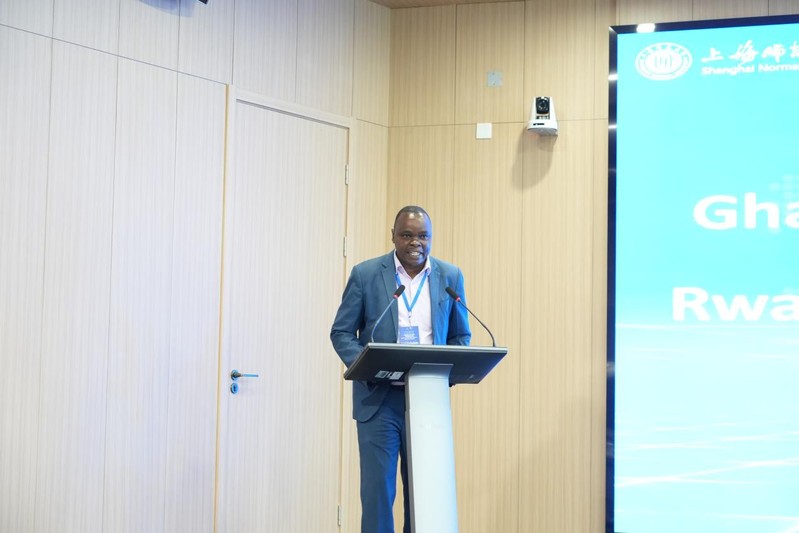
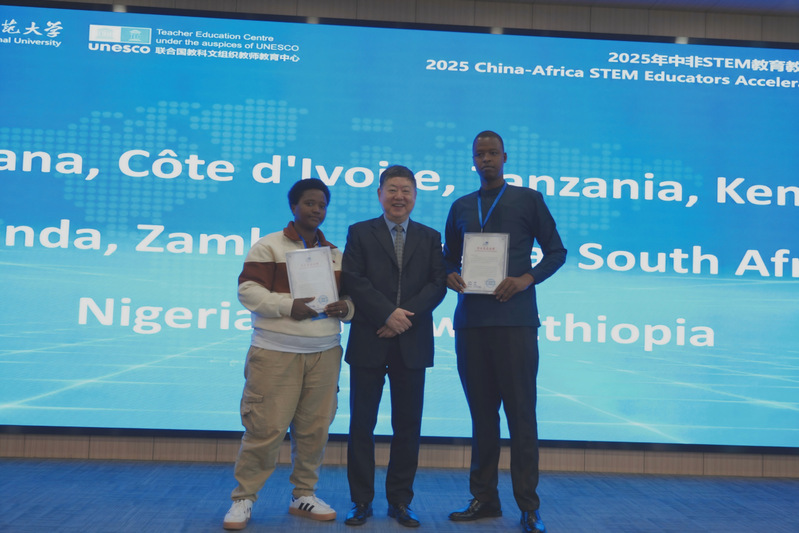

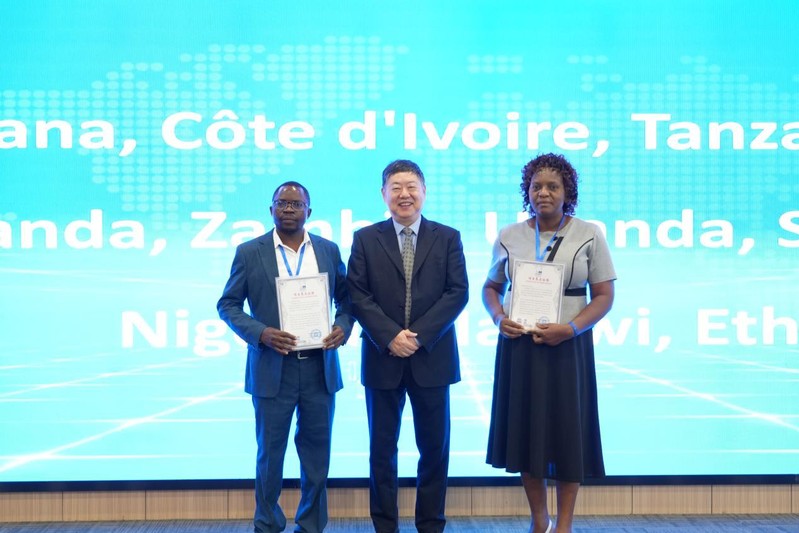
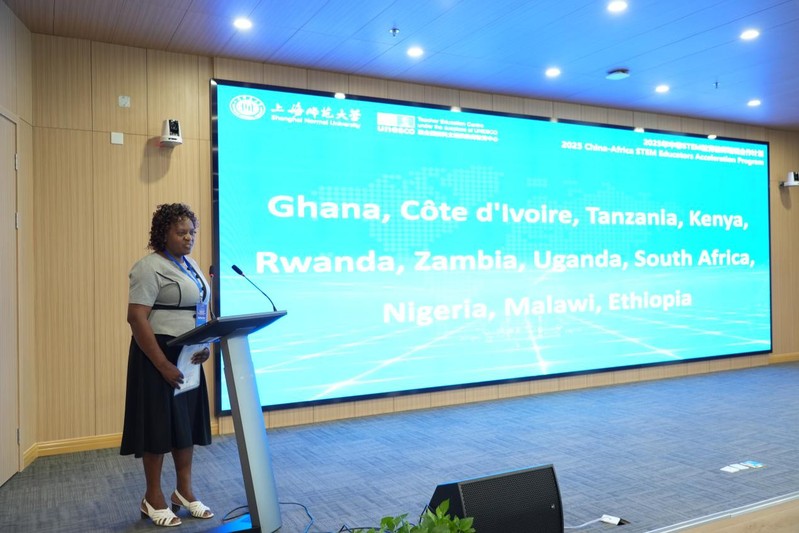

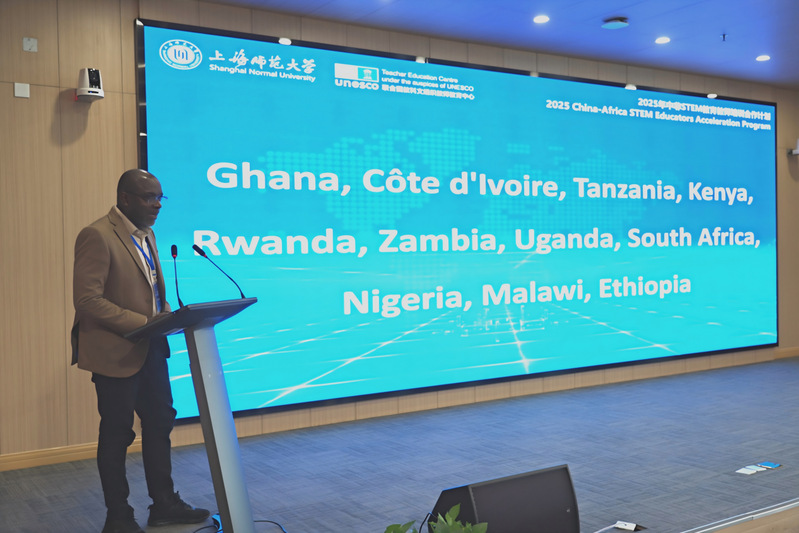

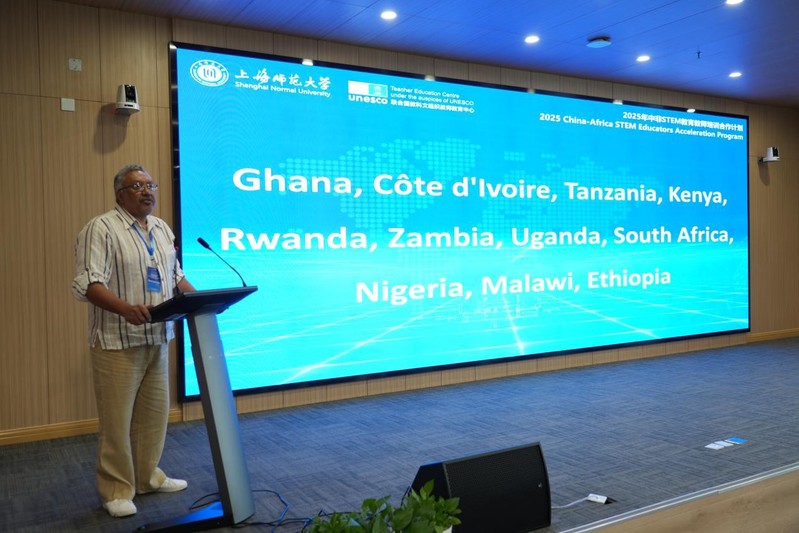

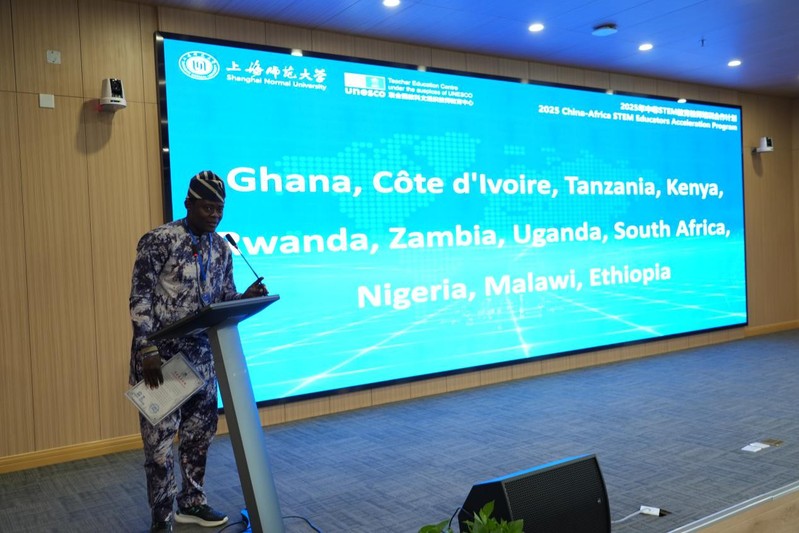
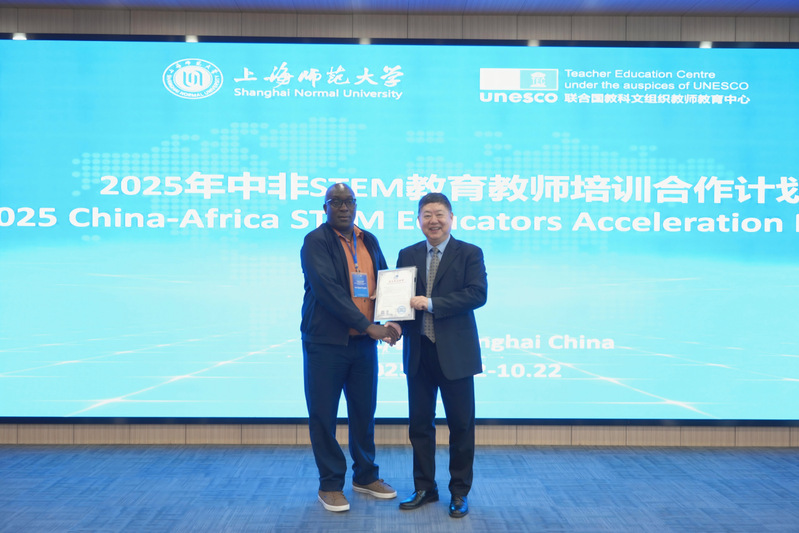


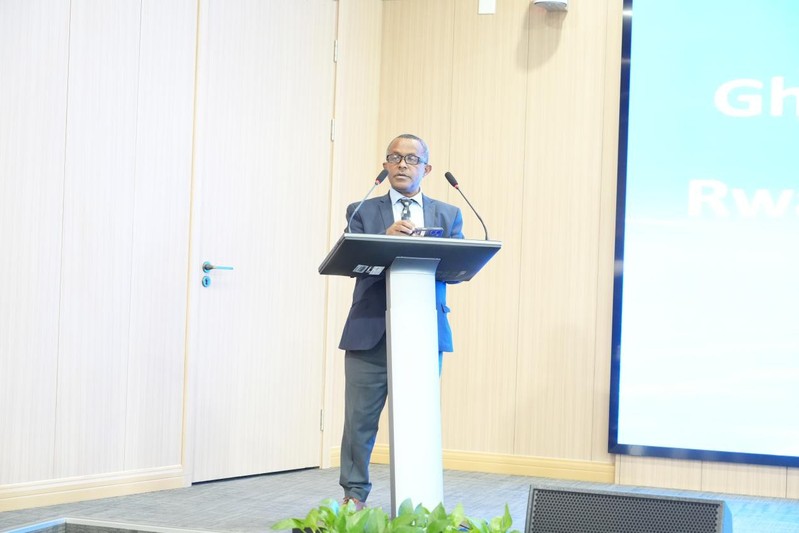


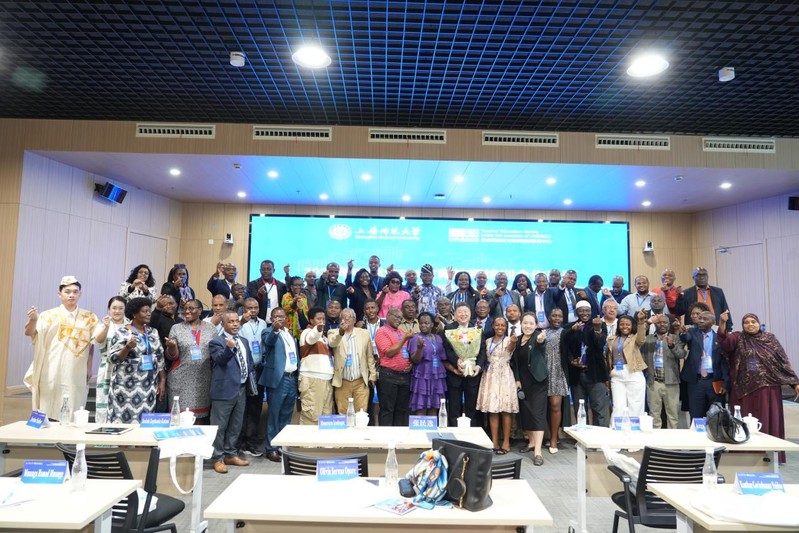
IV. Cooperation Achievements
China-Africa Joint Laboratory for AI Education (South Africa, Kenya, Ethiopia)
China-Africa University Teaching and Research Cooperation (Nigeria, Ghana, Kenya, Malawi)
Construction of China-Africa STEM Education Centers (Ghana)
China-Africa Mathematics Education Cooperation (Ethiopia, Ghana)
China-Africa STEM Education Resource Cooperation (Tanzania, Côte d’Ivoire)

V. Workshop Feedback
According to the program feedback forms filled out by Workshop participants, the majority expressed high satisfaction with the program, particularly noting significant gains from sessions such as expert lectures, seminars, and school visits. In terms of activity experience, the visit to the Shanghai Astronomy Museum left a deep impression, demonstrating China’s outstanding achievements in science, art, and humanities, as well as its contributions to world peace and prosperity. On-site school visits allowed participants to marvel at the excellent practical abilities and comprehensive literacy of Chinese students, and witness how schools stimulate the potential of each learner through effective interventions. In terms of gains, participants improved their practical teaching abilities, application skills, cooperation experience, leadership, and technical education knowledge; established educational connections with various African countries; and learned how to integrate cultural elements into STEM education. Looking ahead, they expressed expectations to continue in-depth learning in areas such as education policies, AI education applications, and the integration of AI in specific disciplines. Overall, participants believed the training content was practical and the organization was orderly. They felt the Chinese government’s emphasis on and investment in education, and highly praised China’s education system, organizational capabilities, and educational planning. Through this program, they recognized that China’s STEM education is full of innovative vitality, with clear goals and rapid development—providing great inspiration and encouragement.
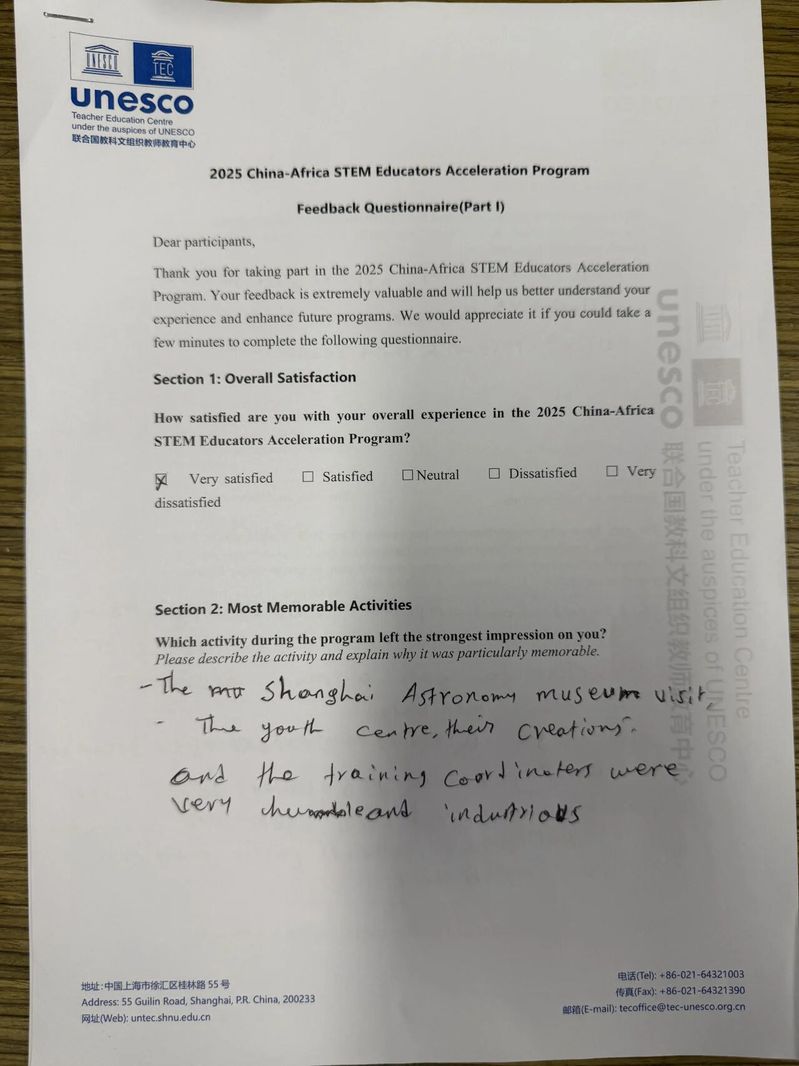
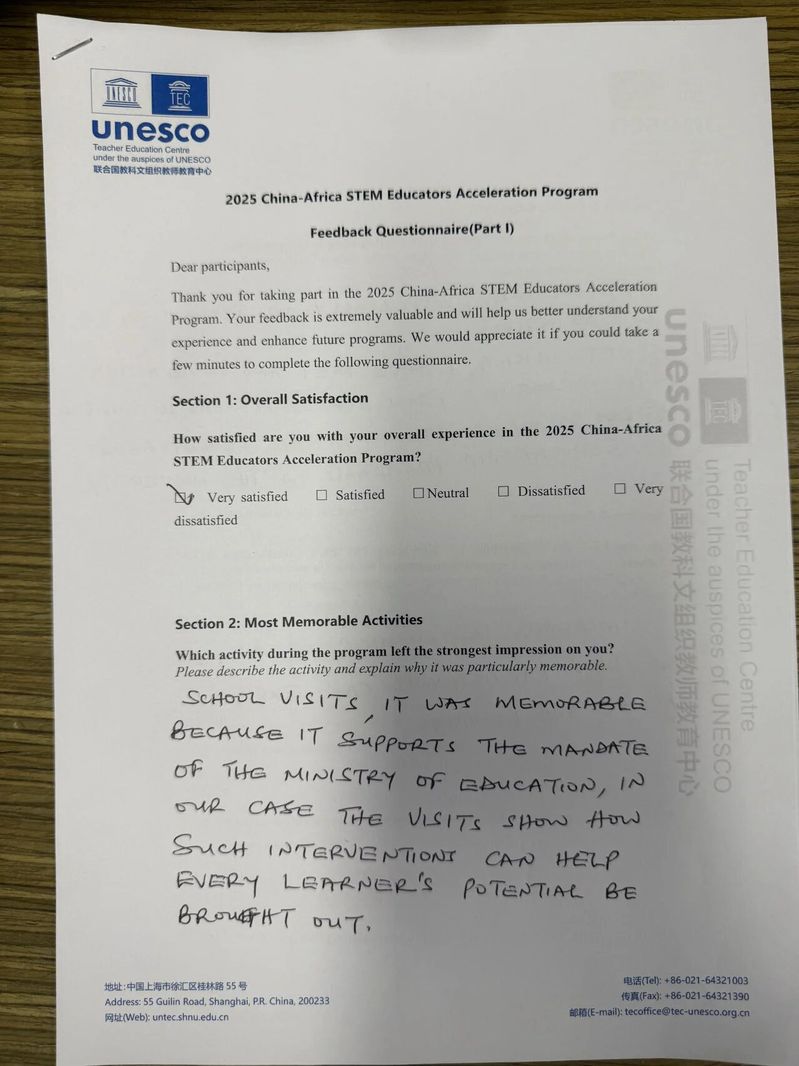
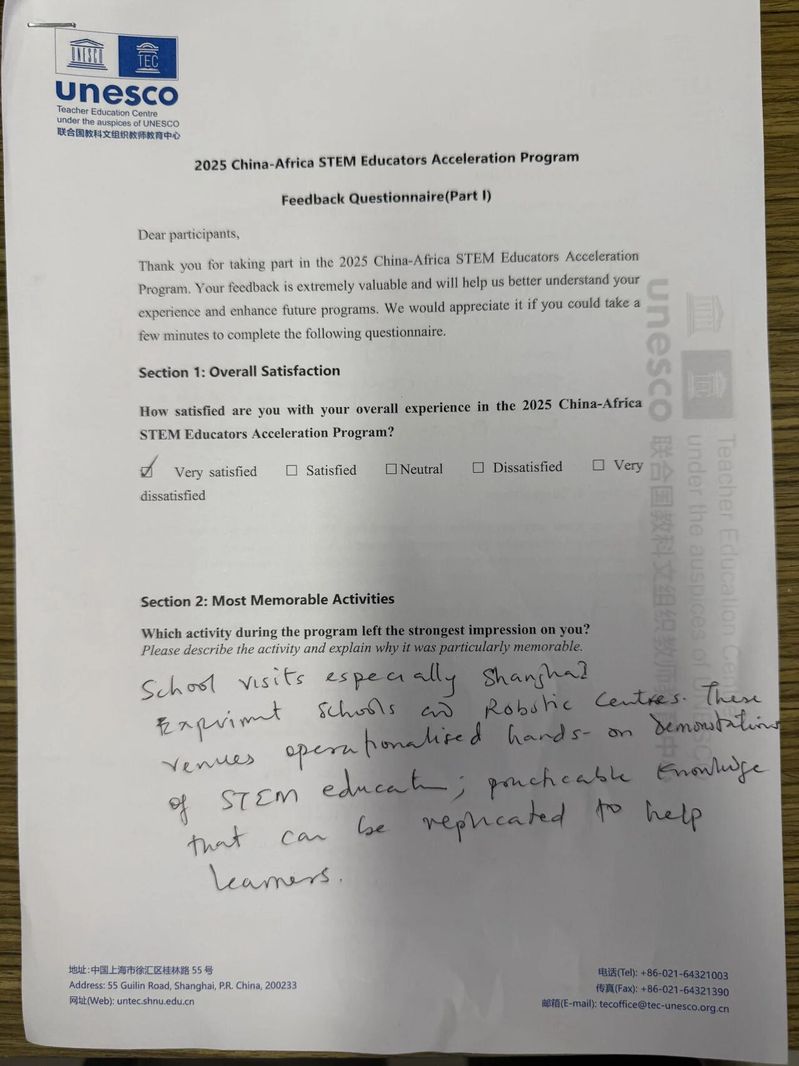
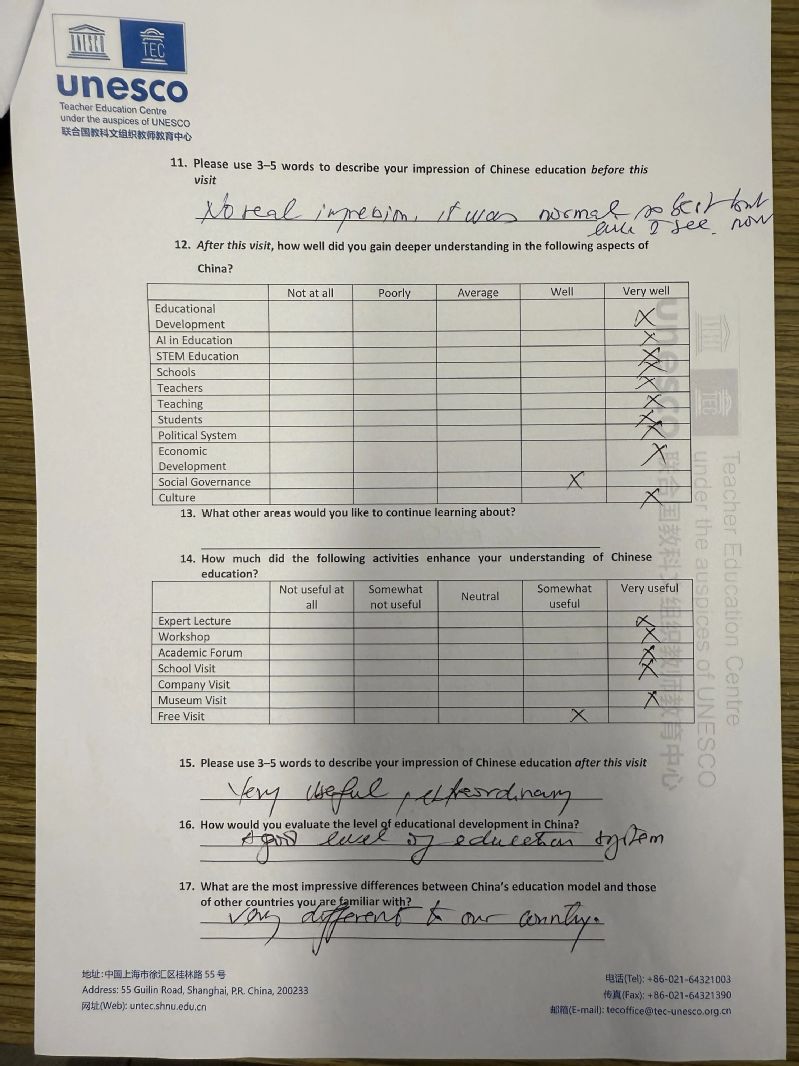

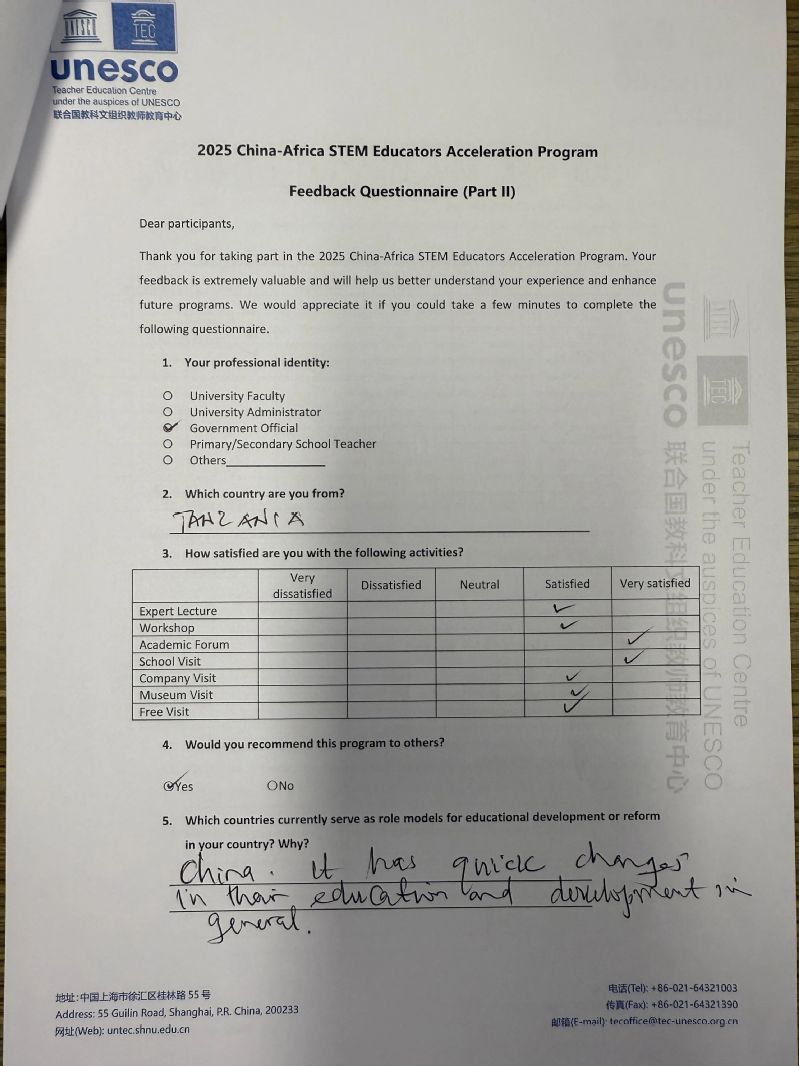
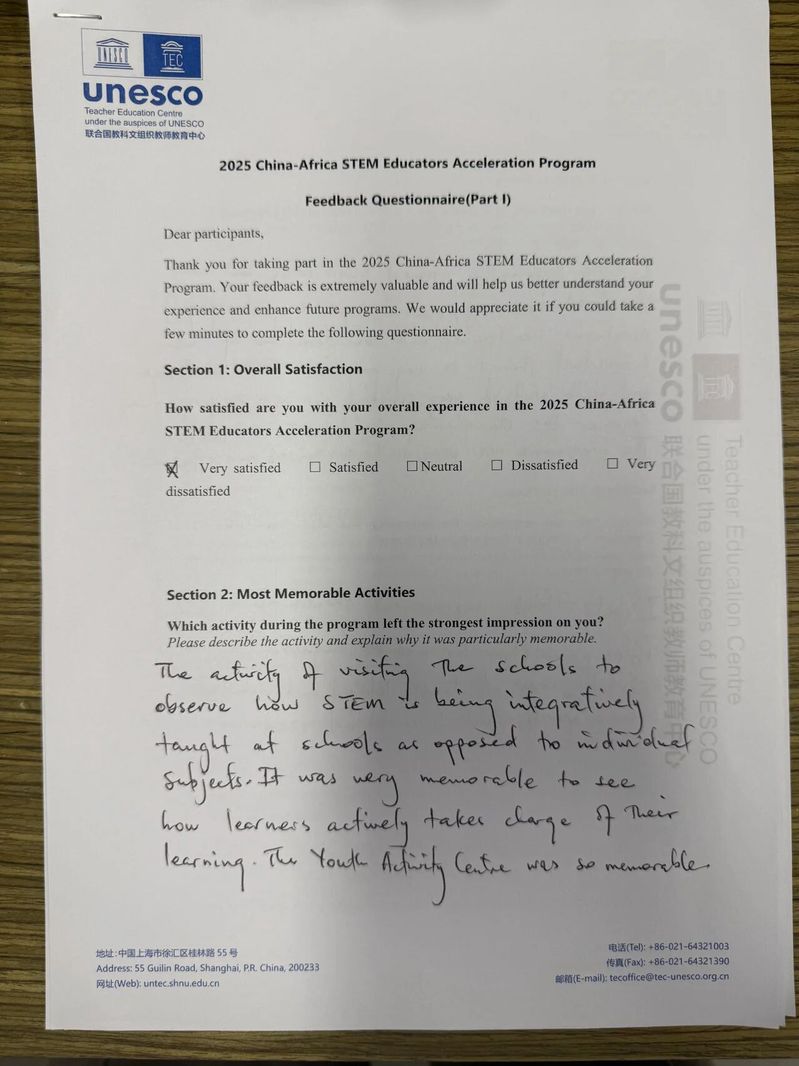
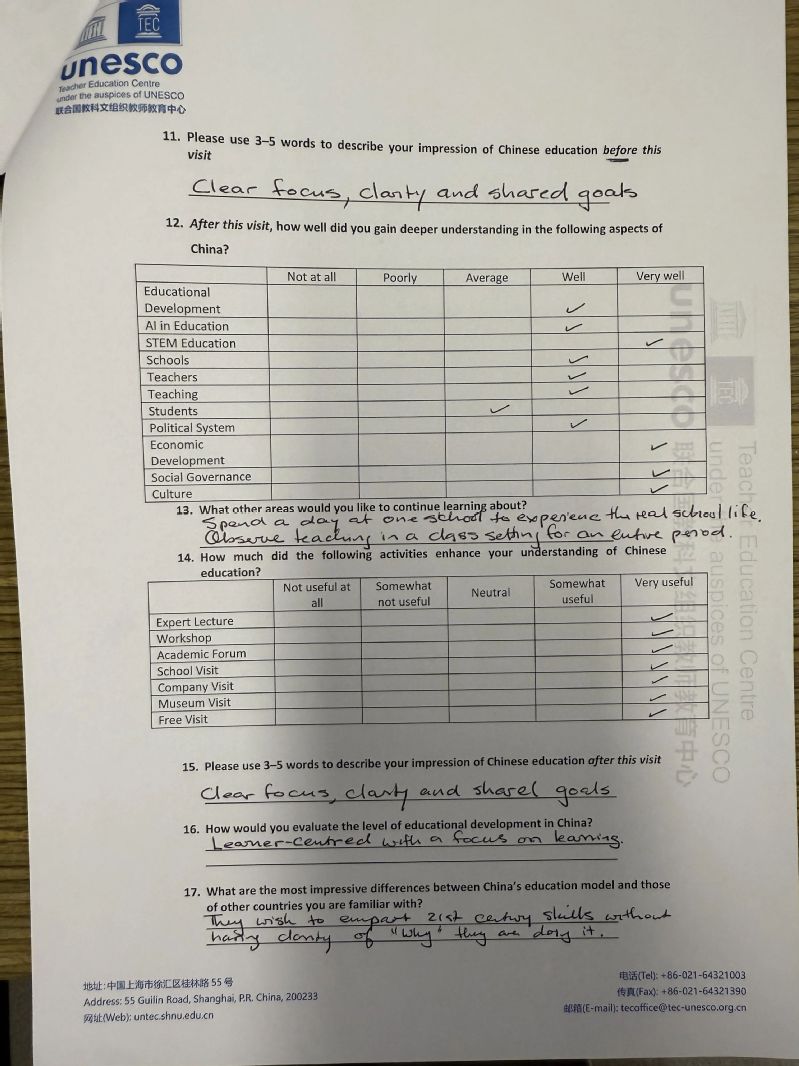

VI. Book Donation
During the workshop, guest representatives from African countries also donated a variety of STEM-related teaching materials, monographs, and supplementary educational resources. These donations provided rich materials for understanding the implementation of STEM education in African countries.
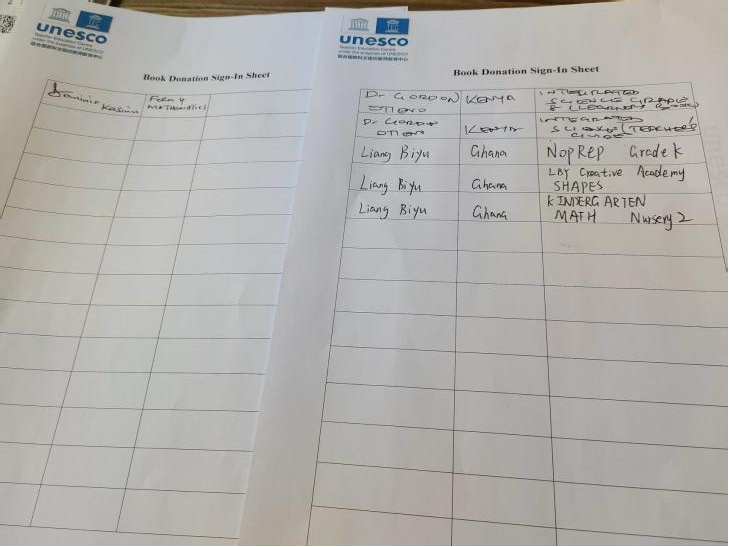


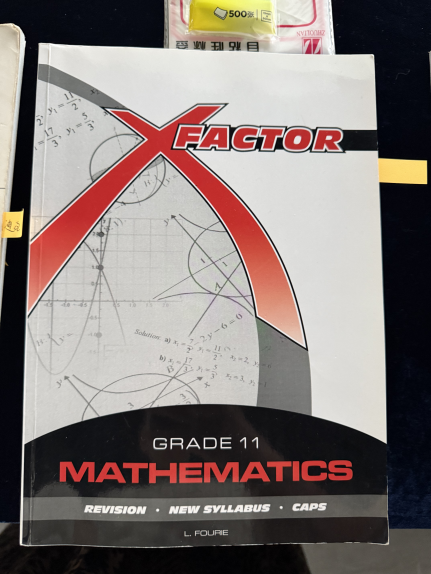
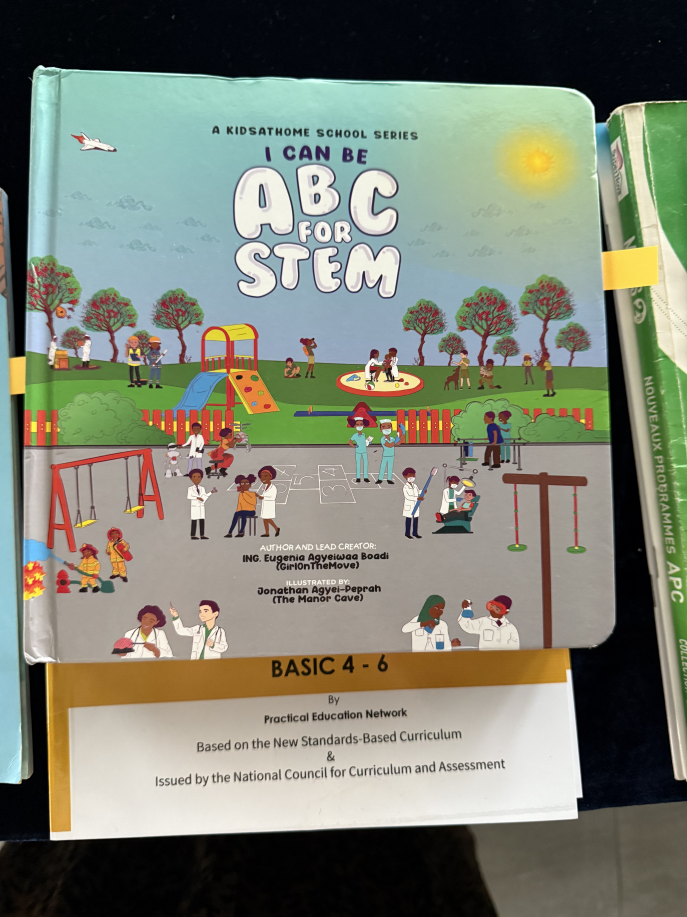

Across mountains and oceans, hearts and hands are linked. TEC will adhere to UNESCO’s value of Africa First, and continue to benefit more African countries in their STEM education reform through the China-Africa STEM Education Teacher Training Cooperation Program, promoting the economic and social development of African countries. The 2026 China-Africa STEM Education Teacher Training Cooperation Program will be launched in March 2026.
